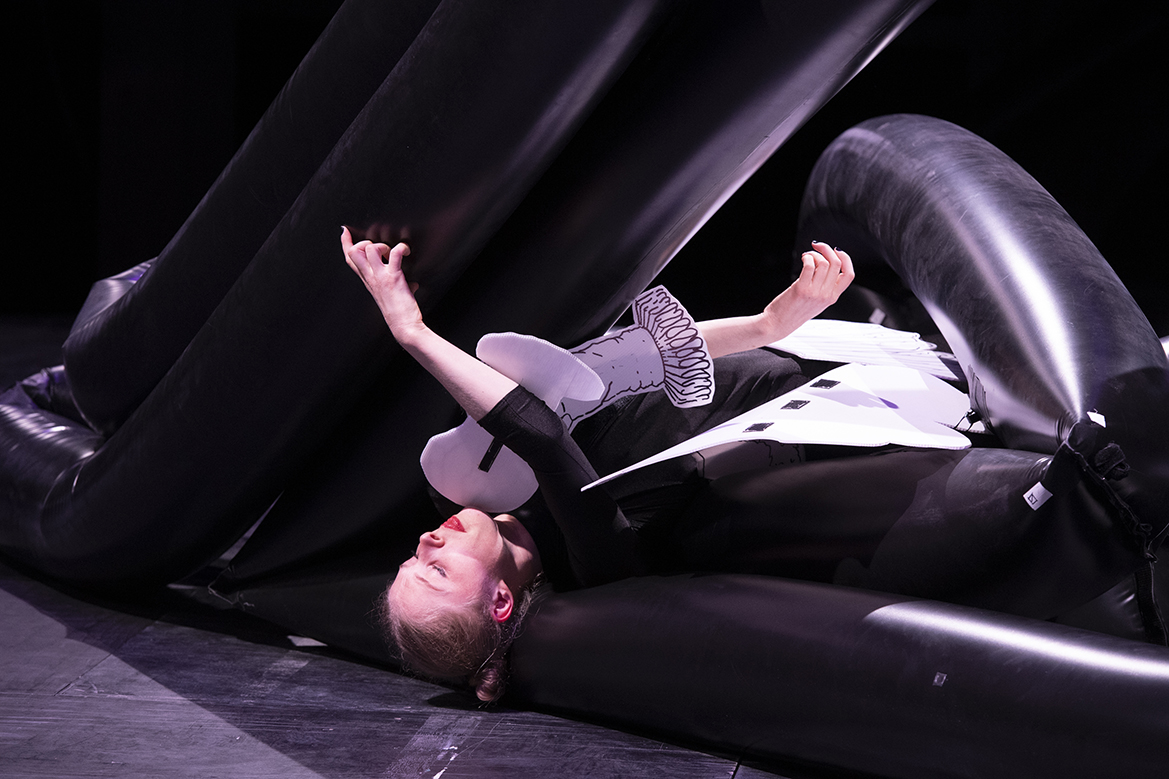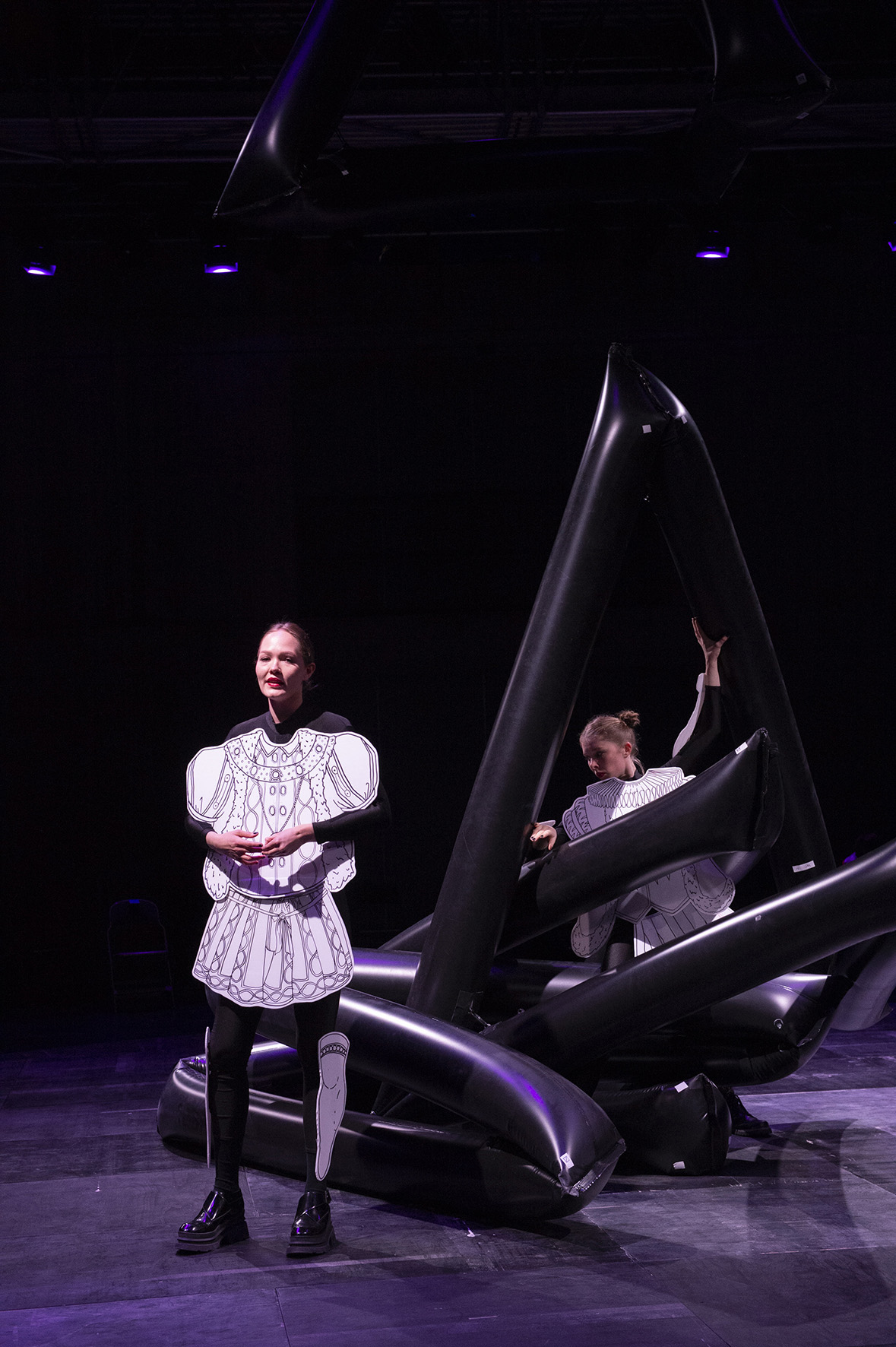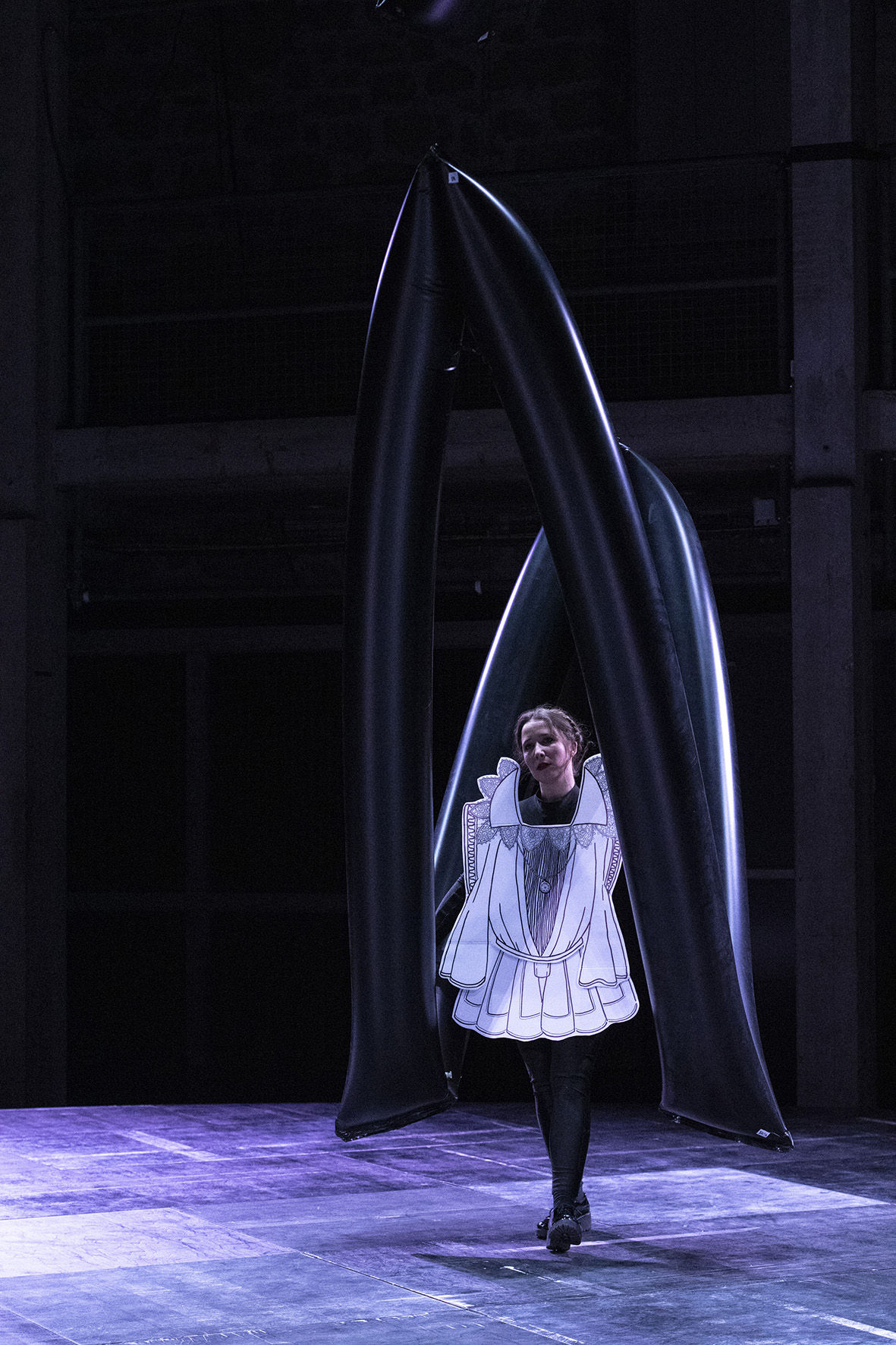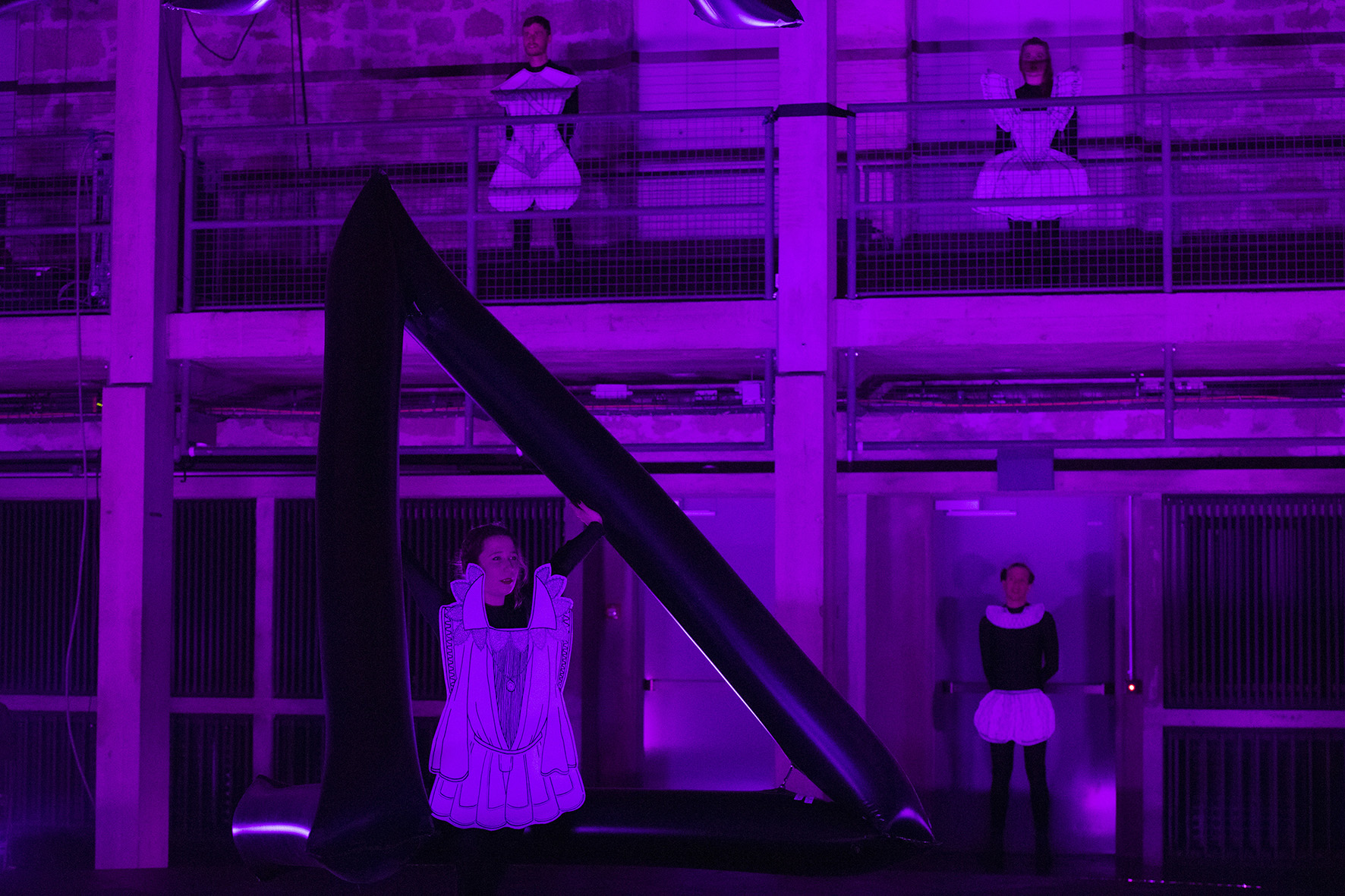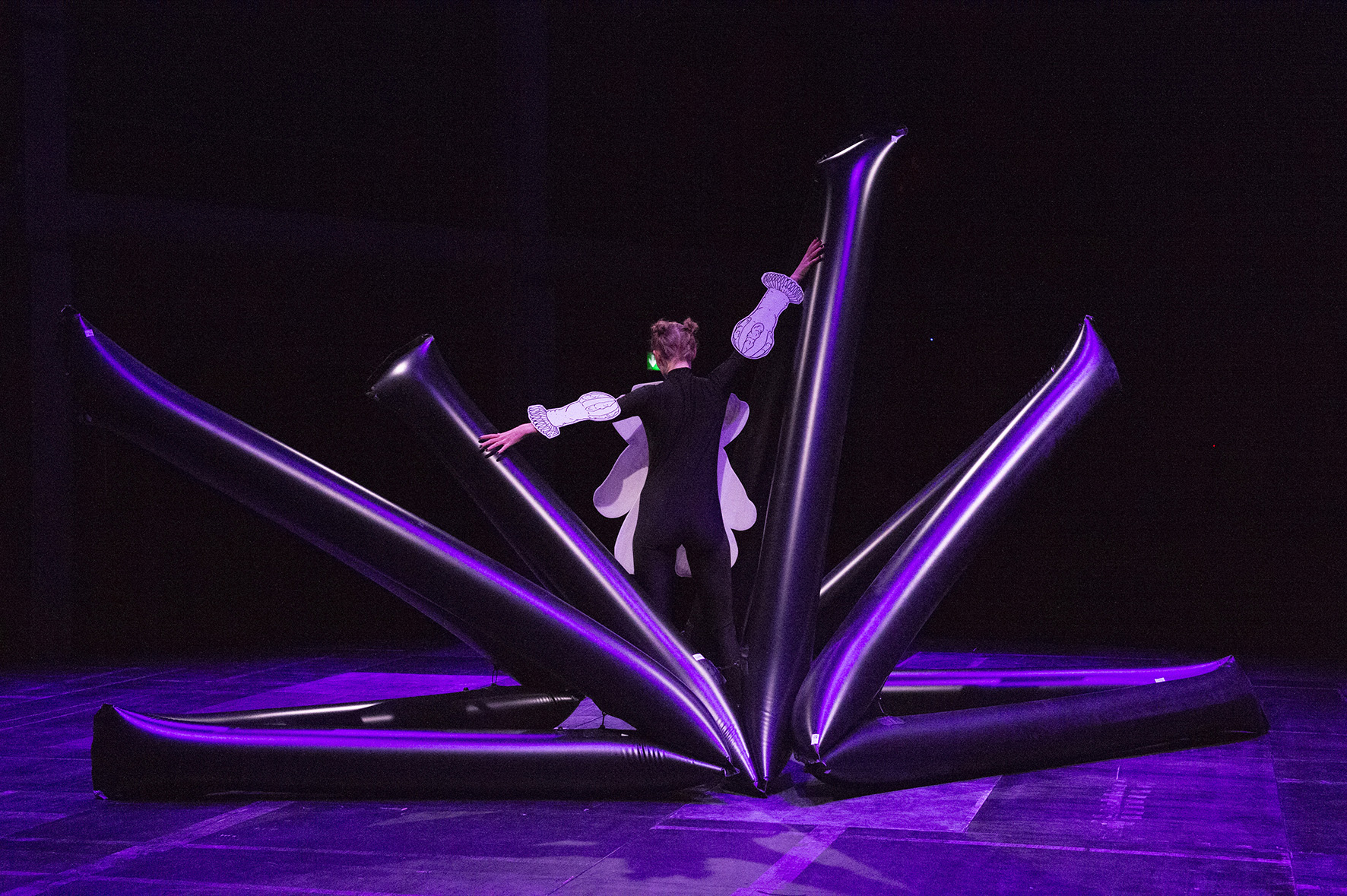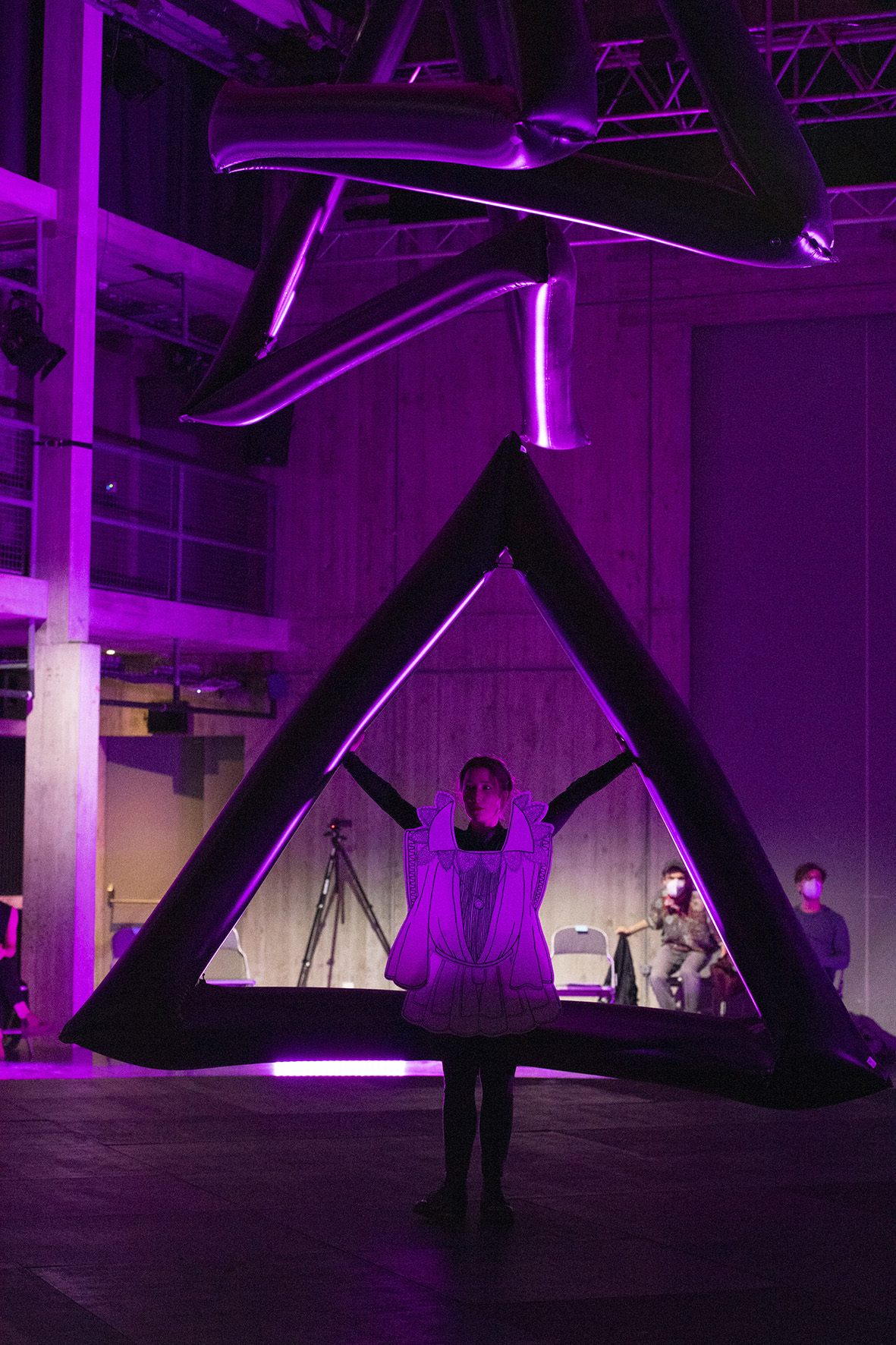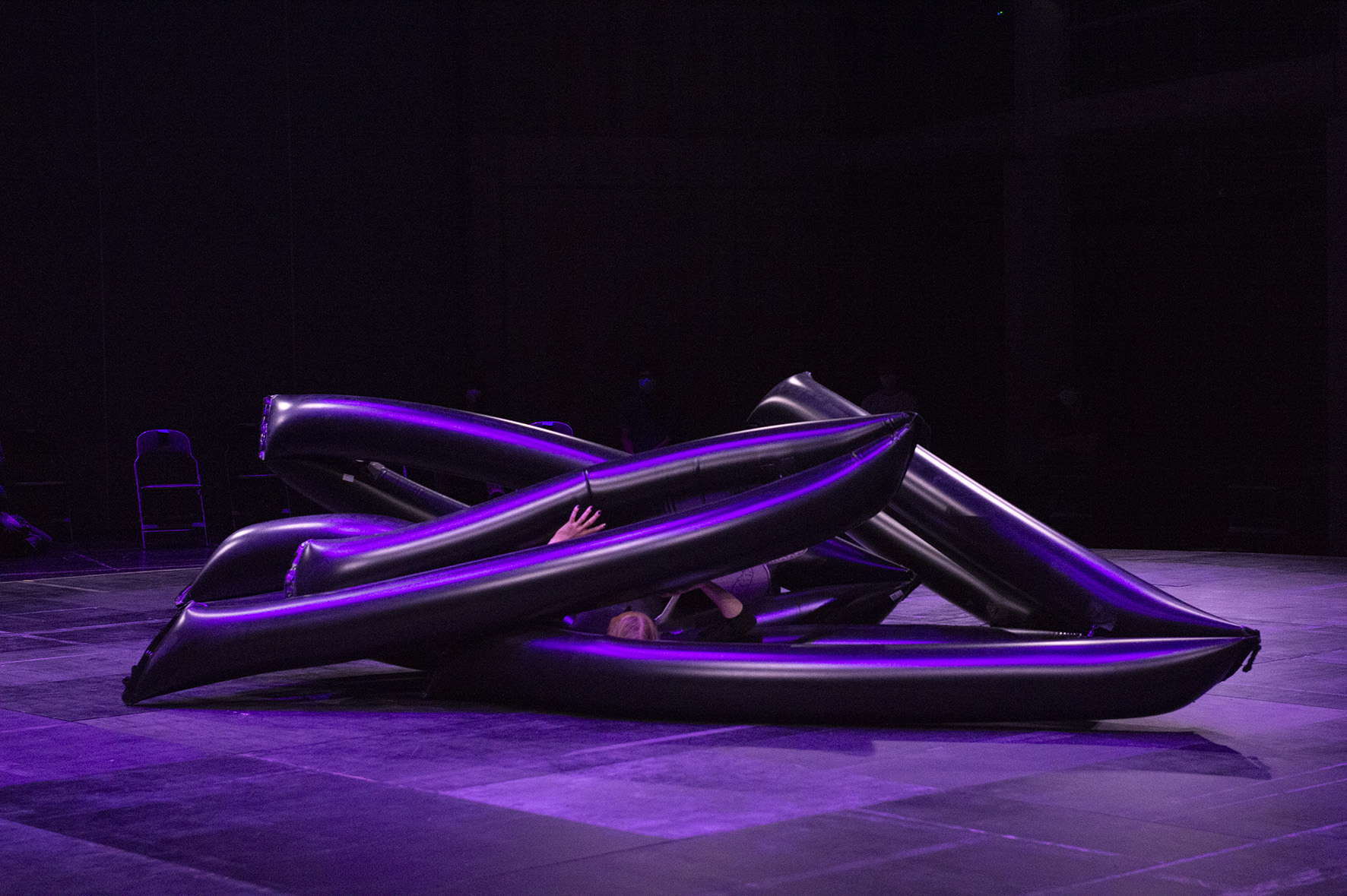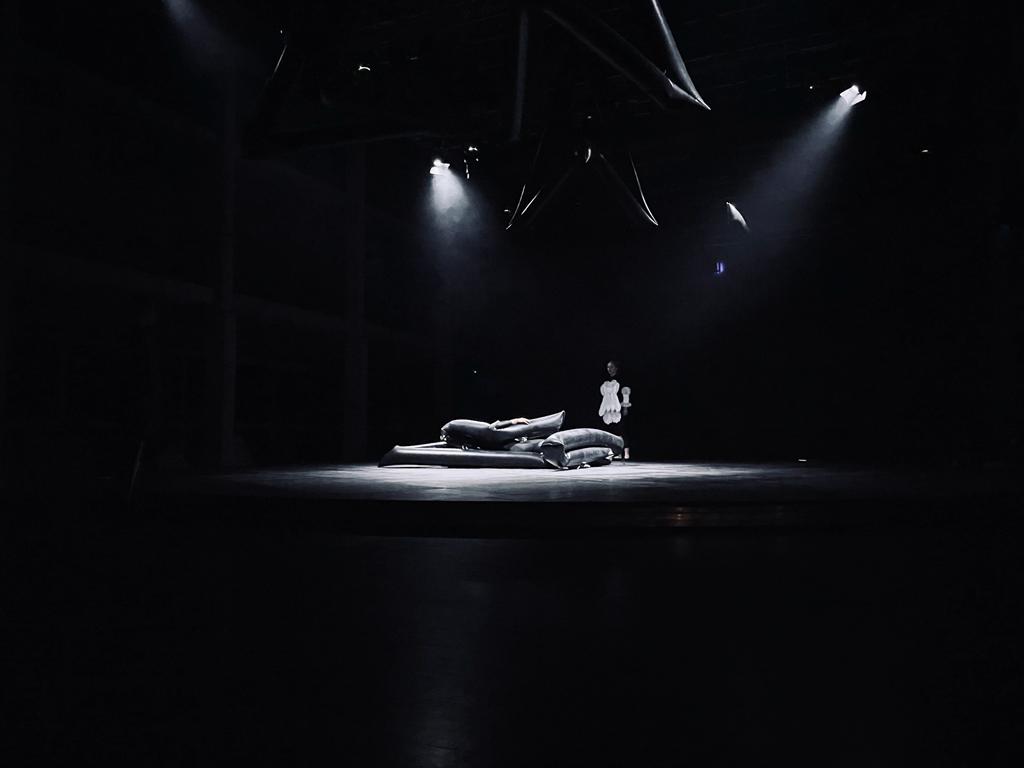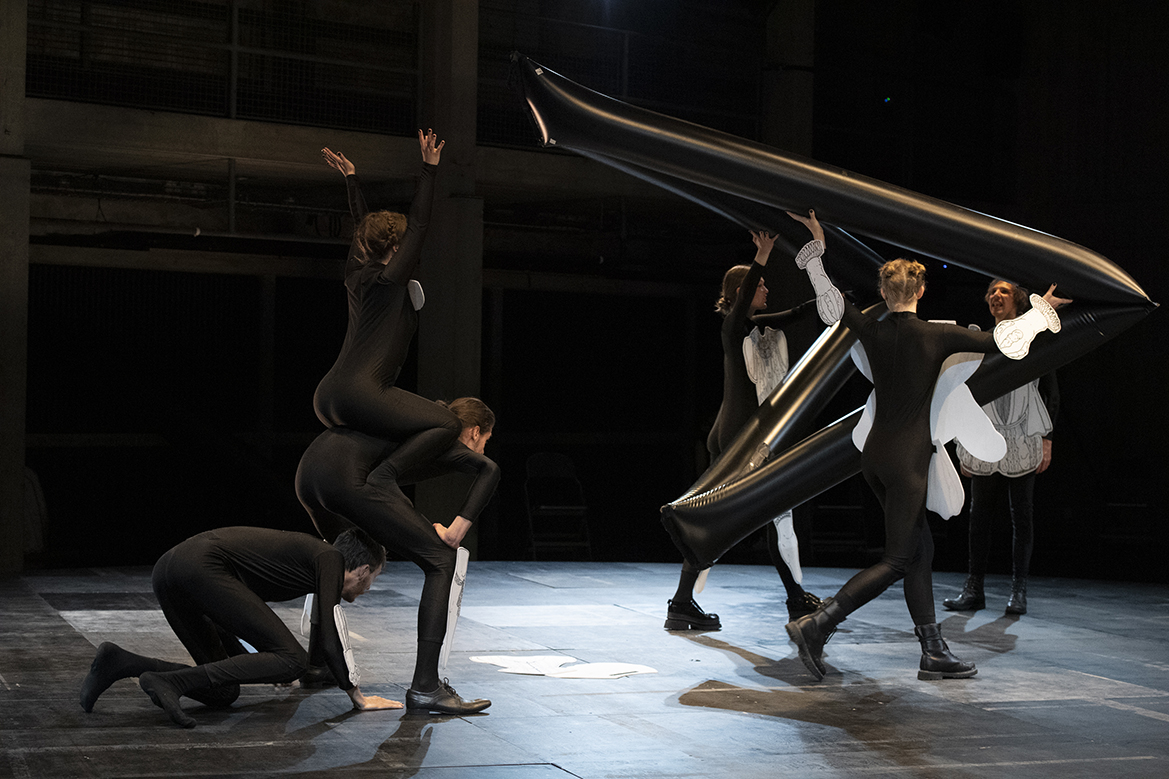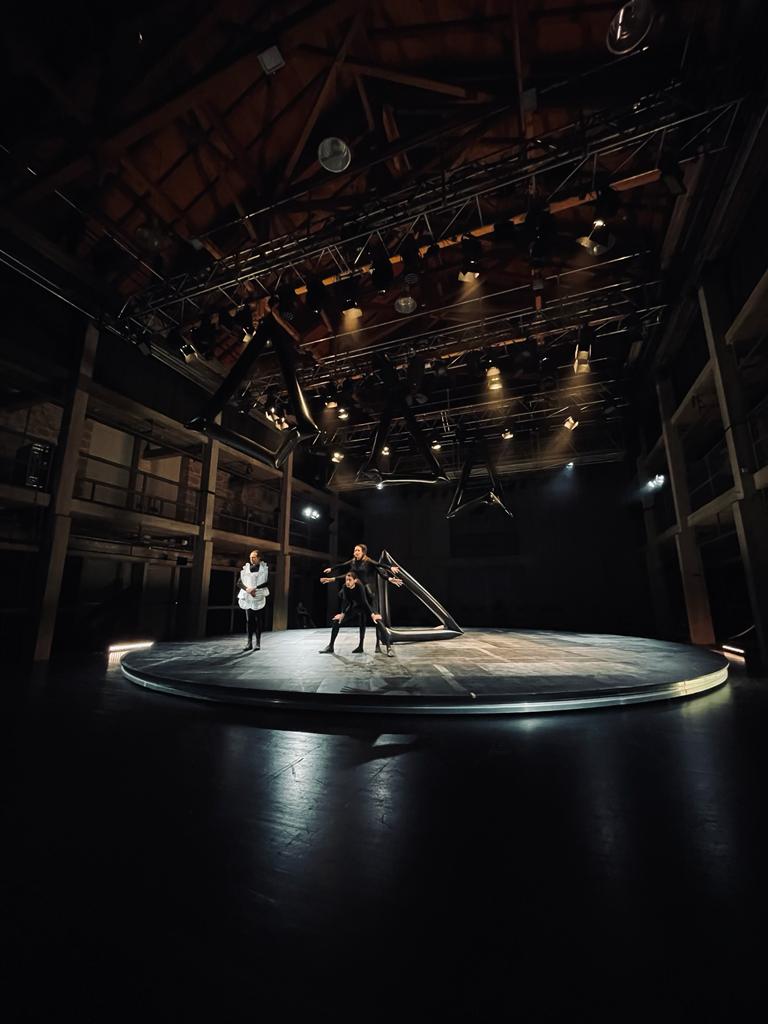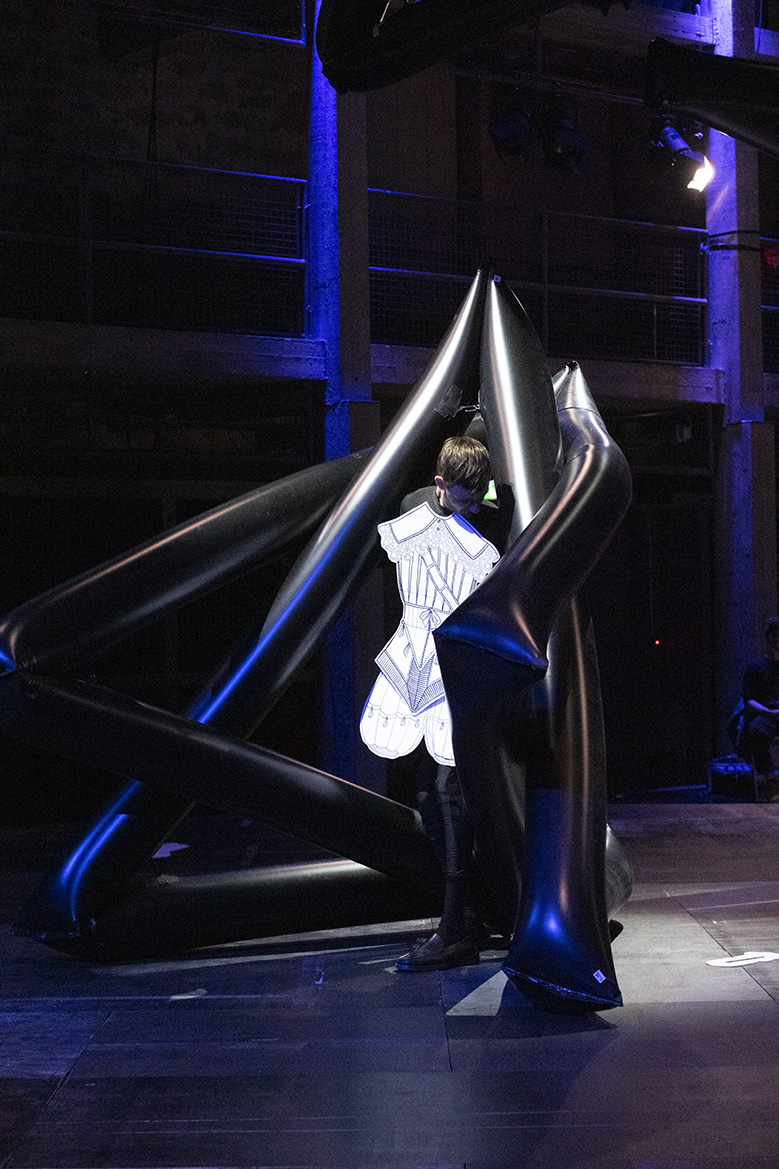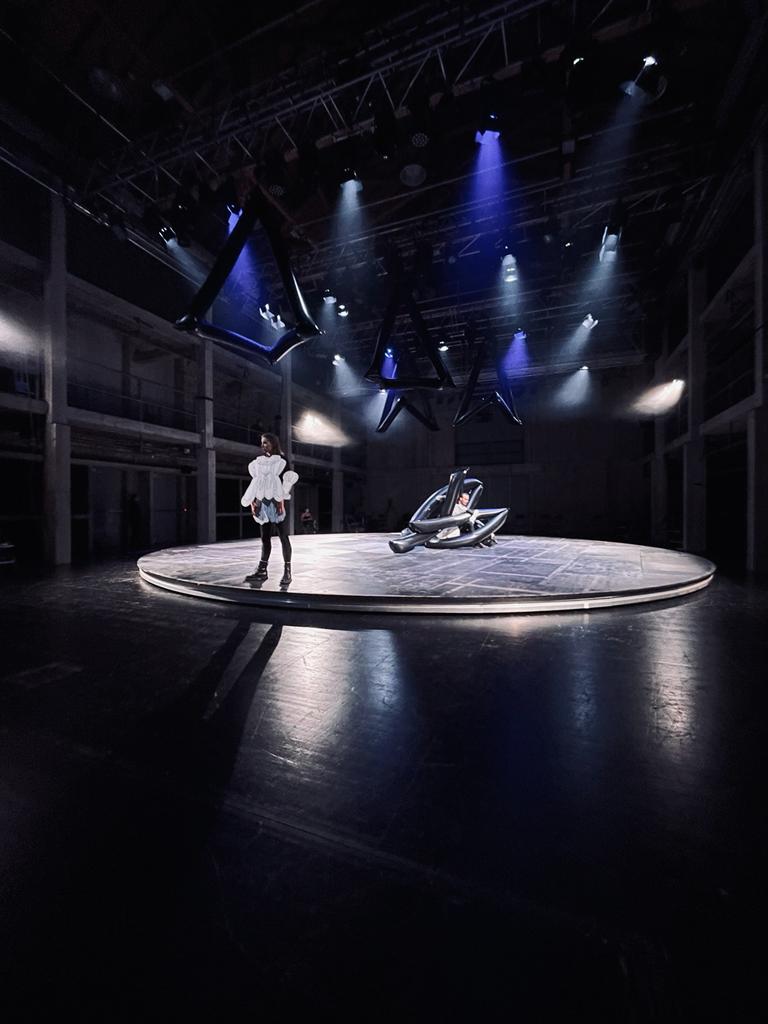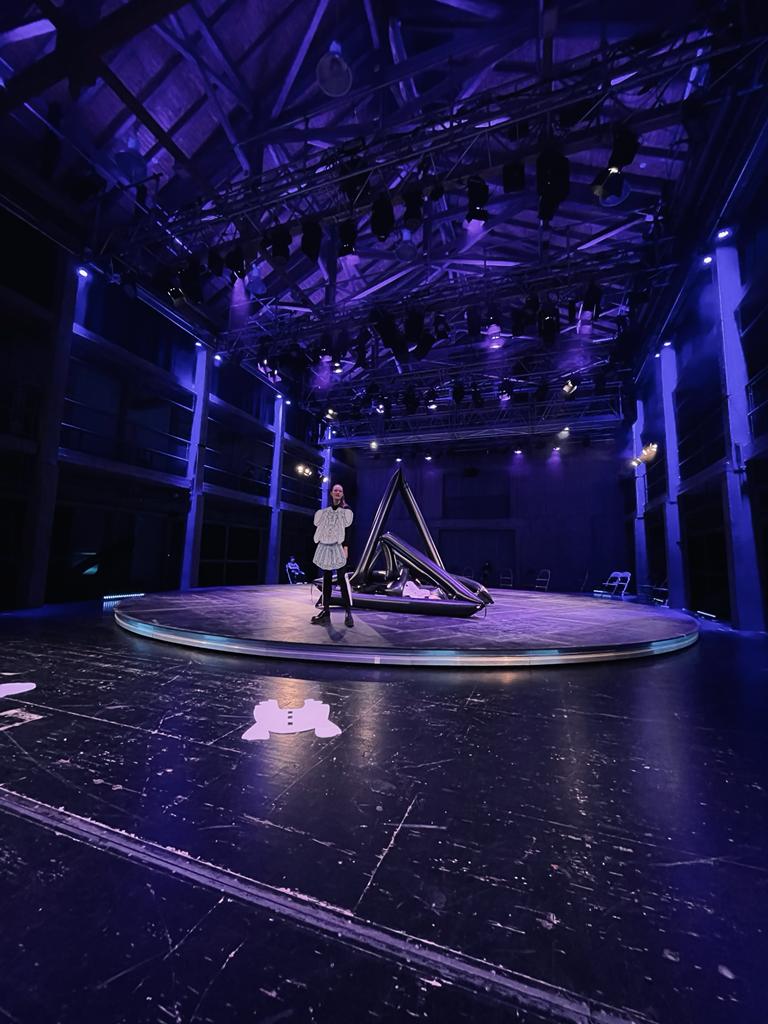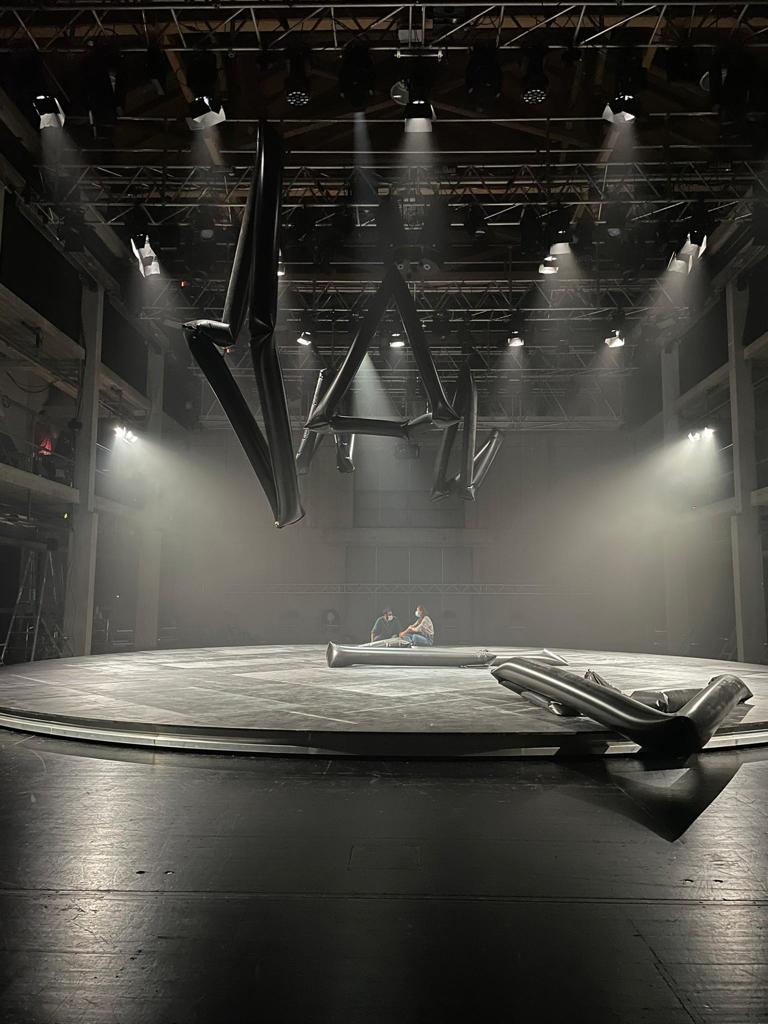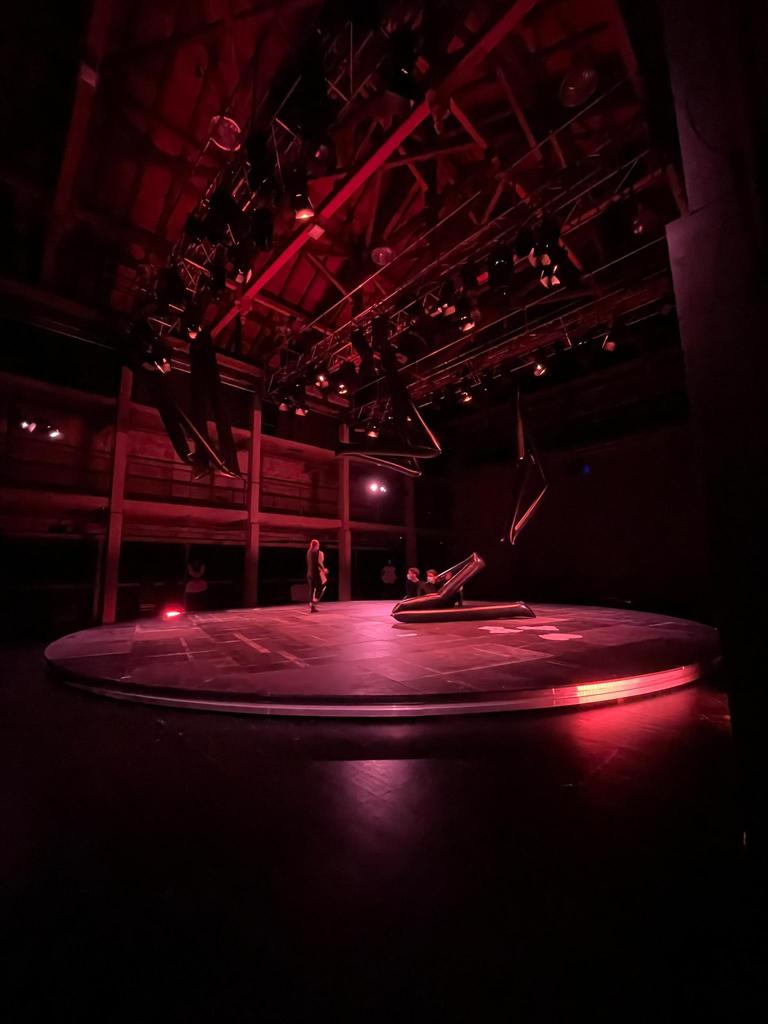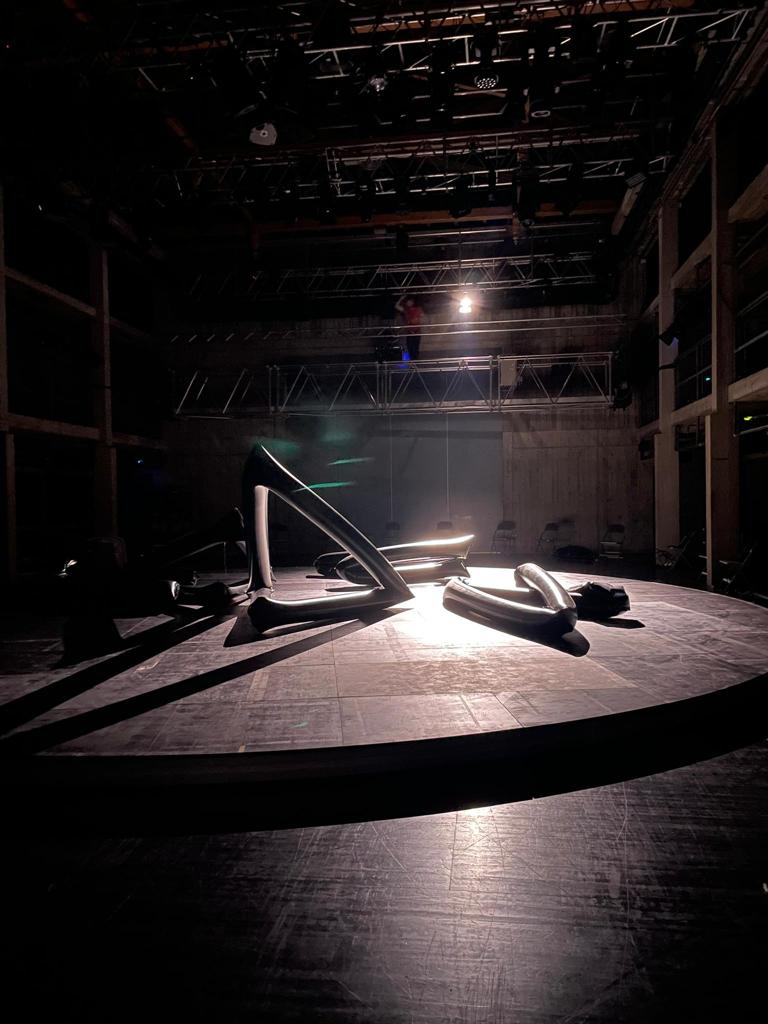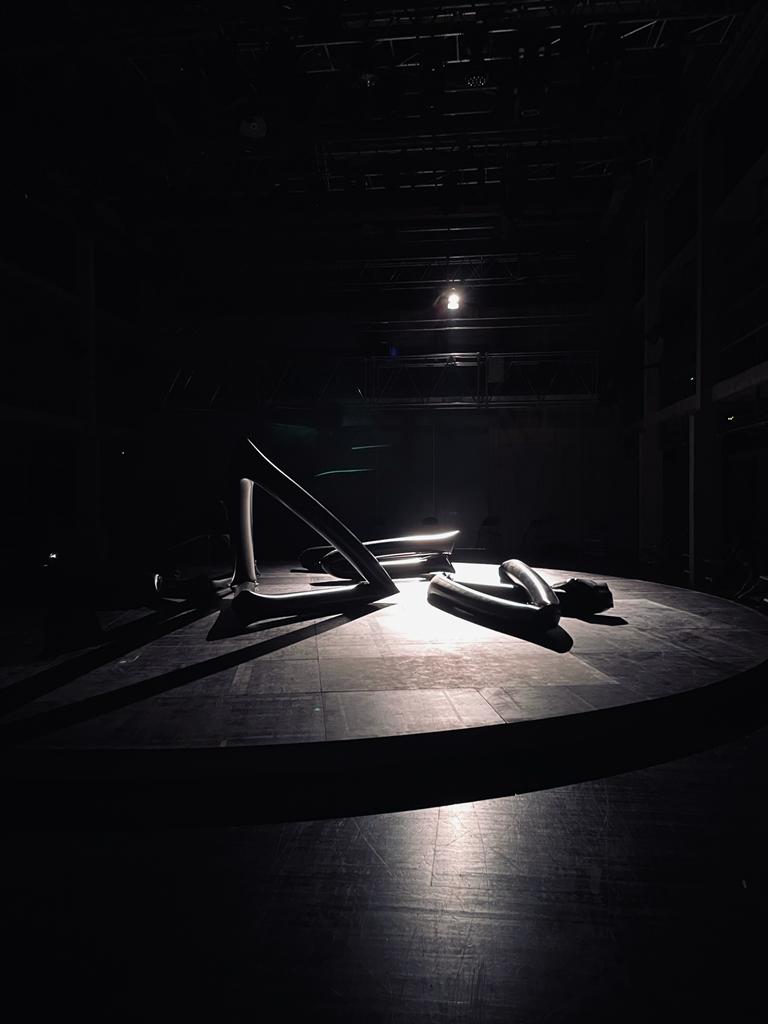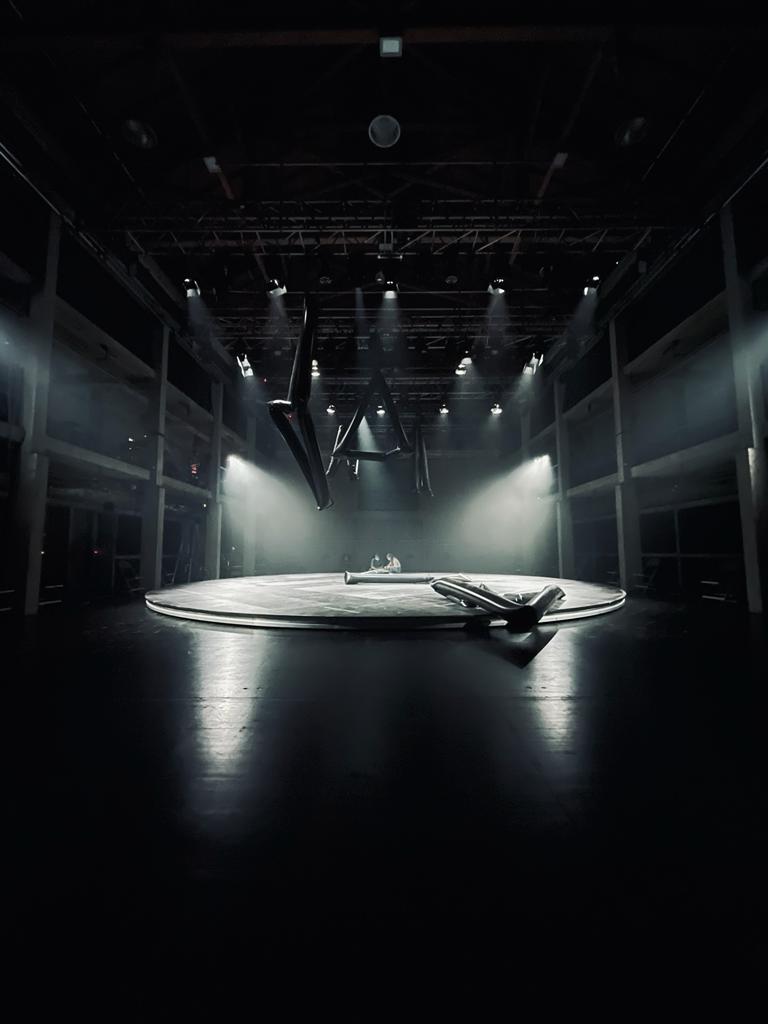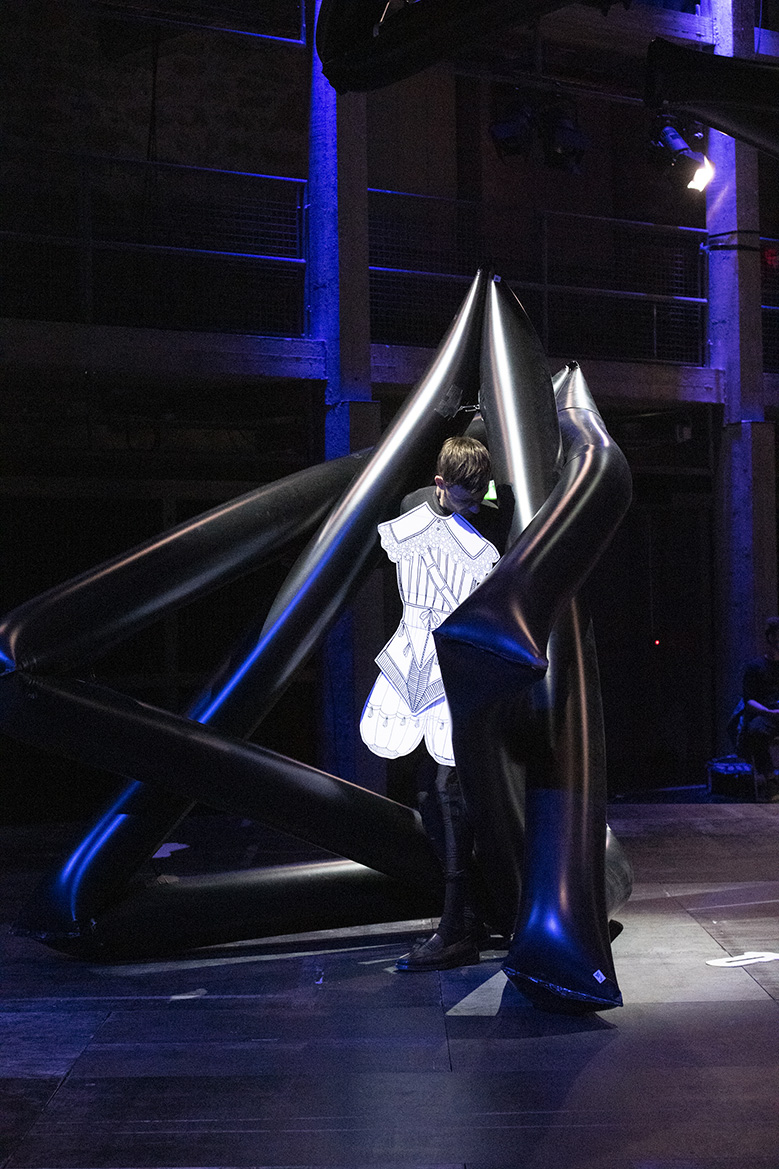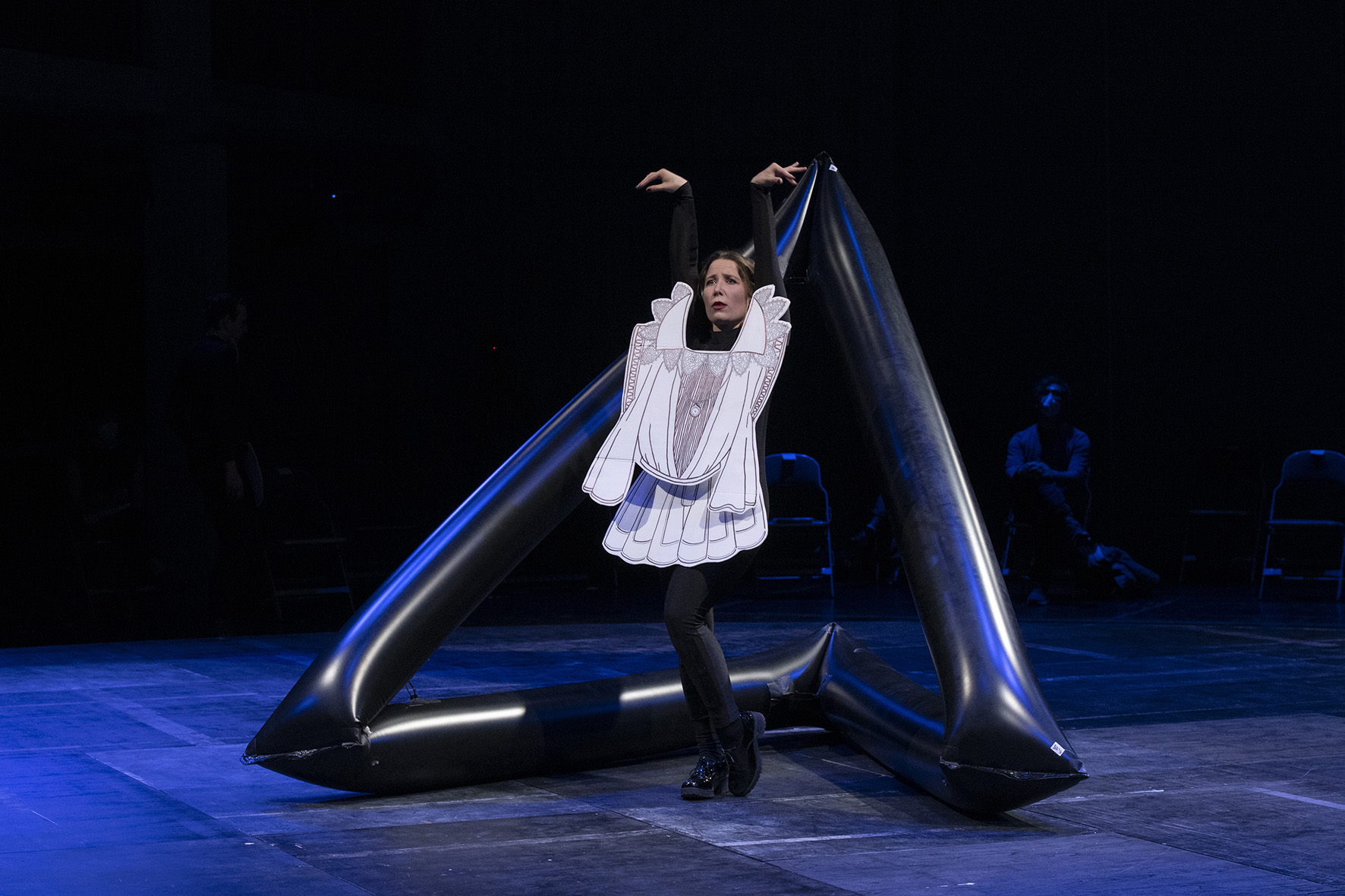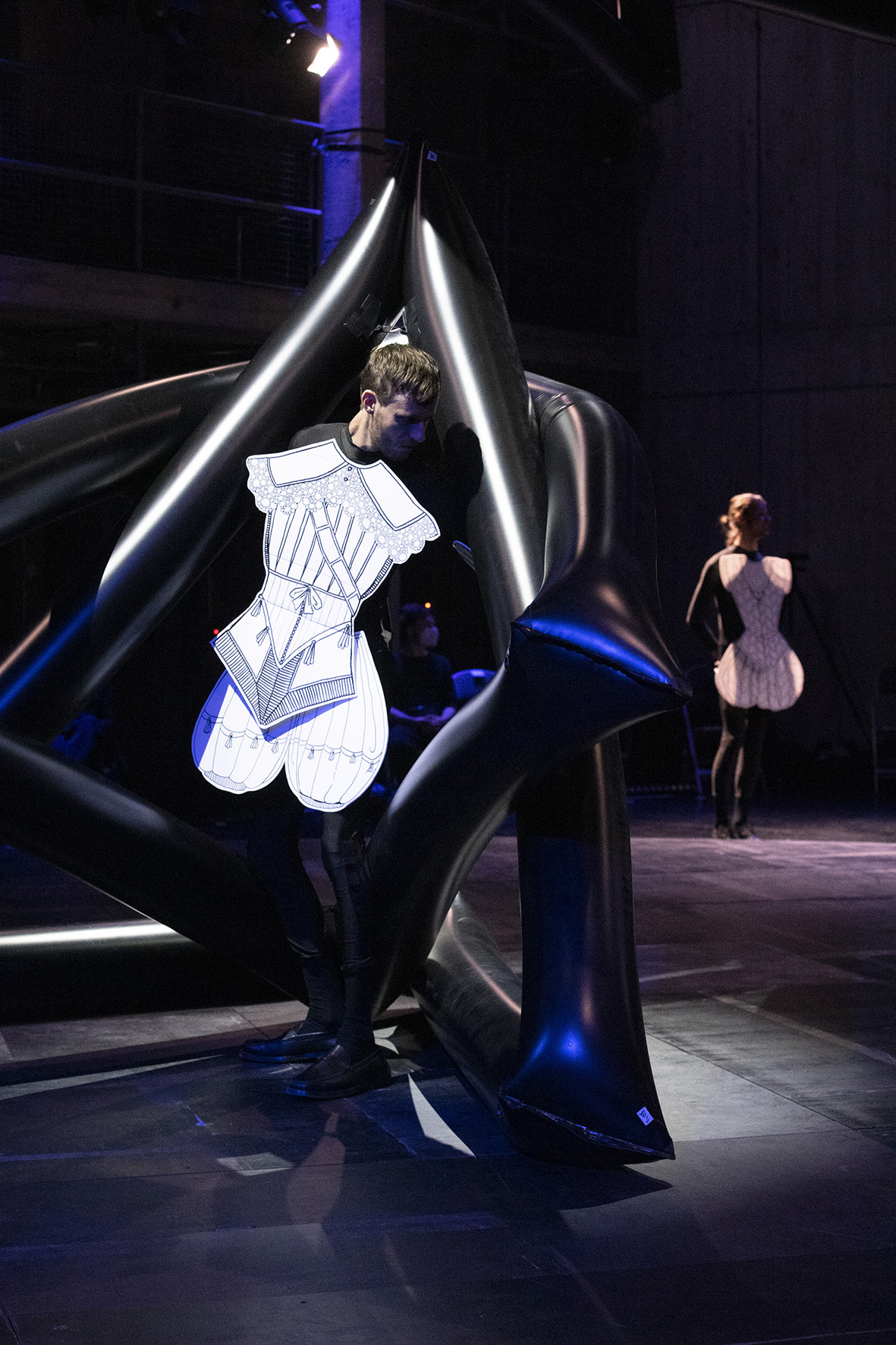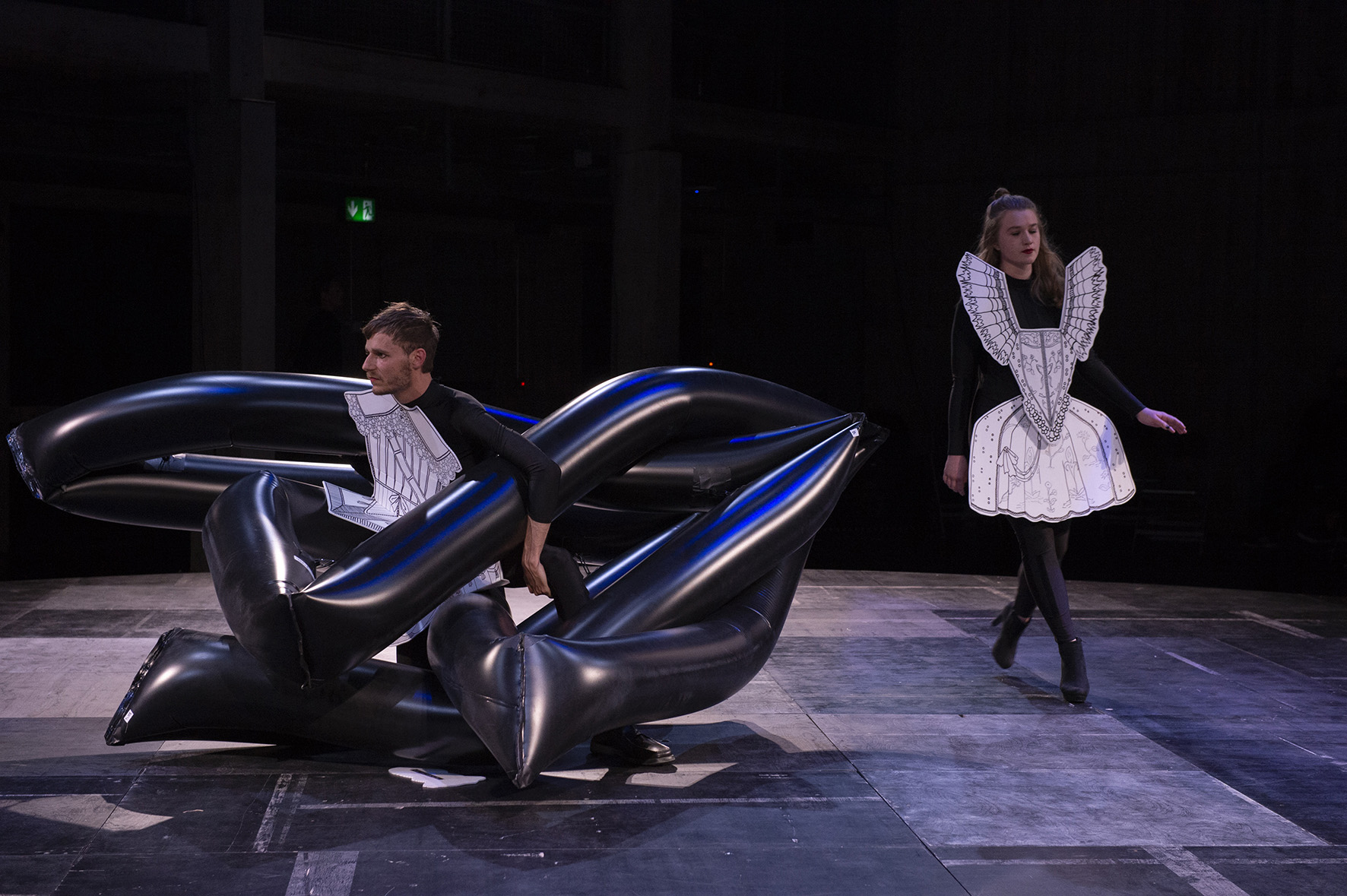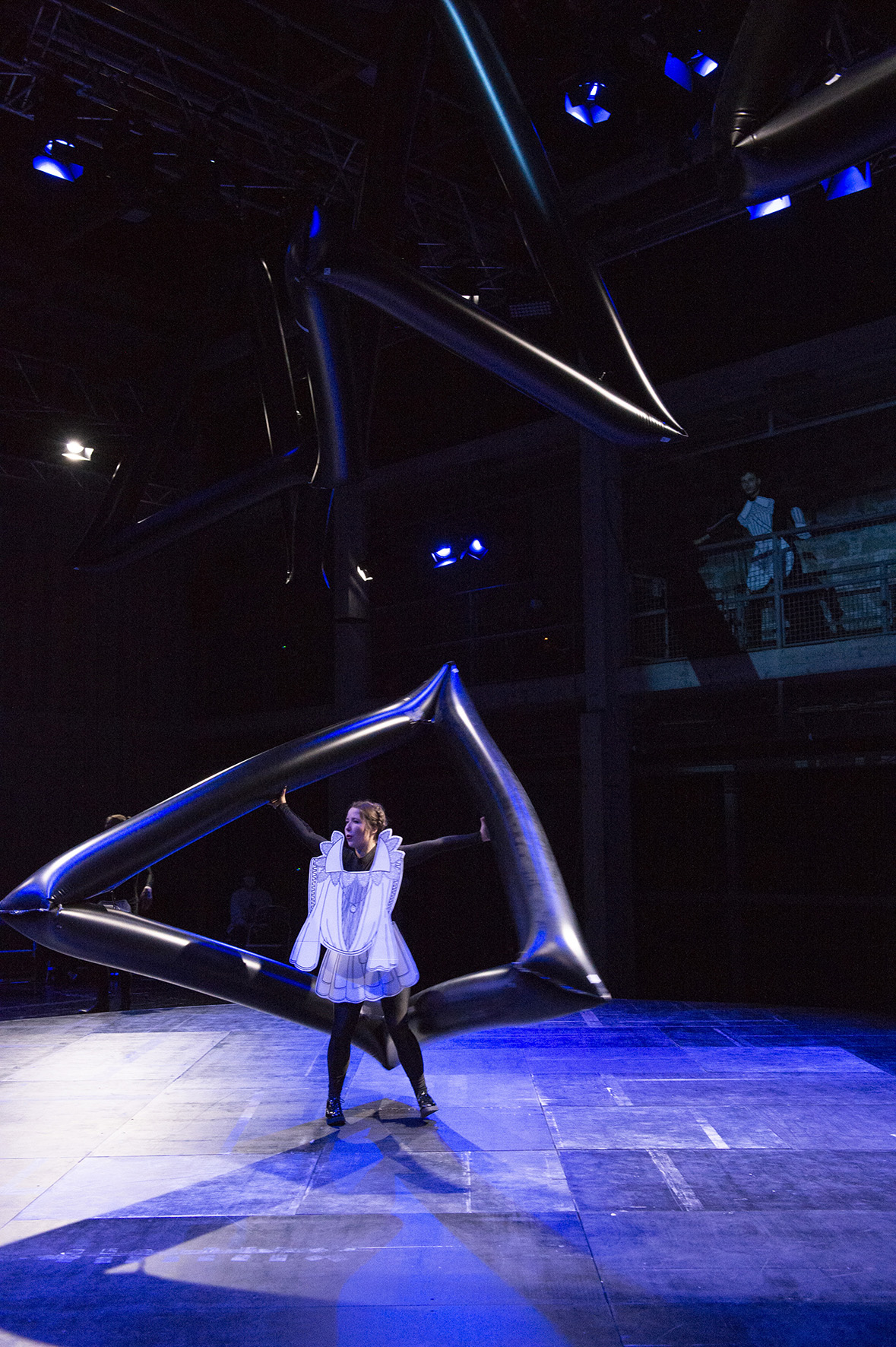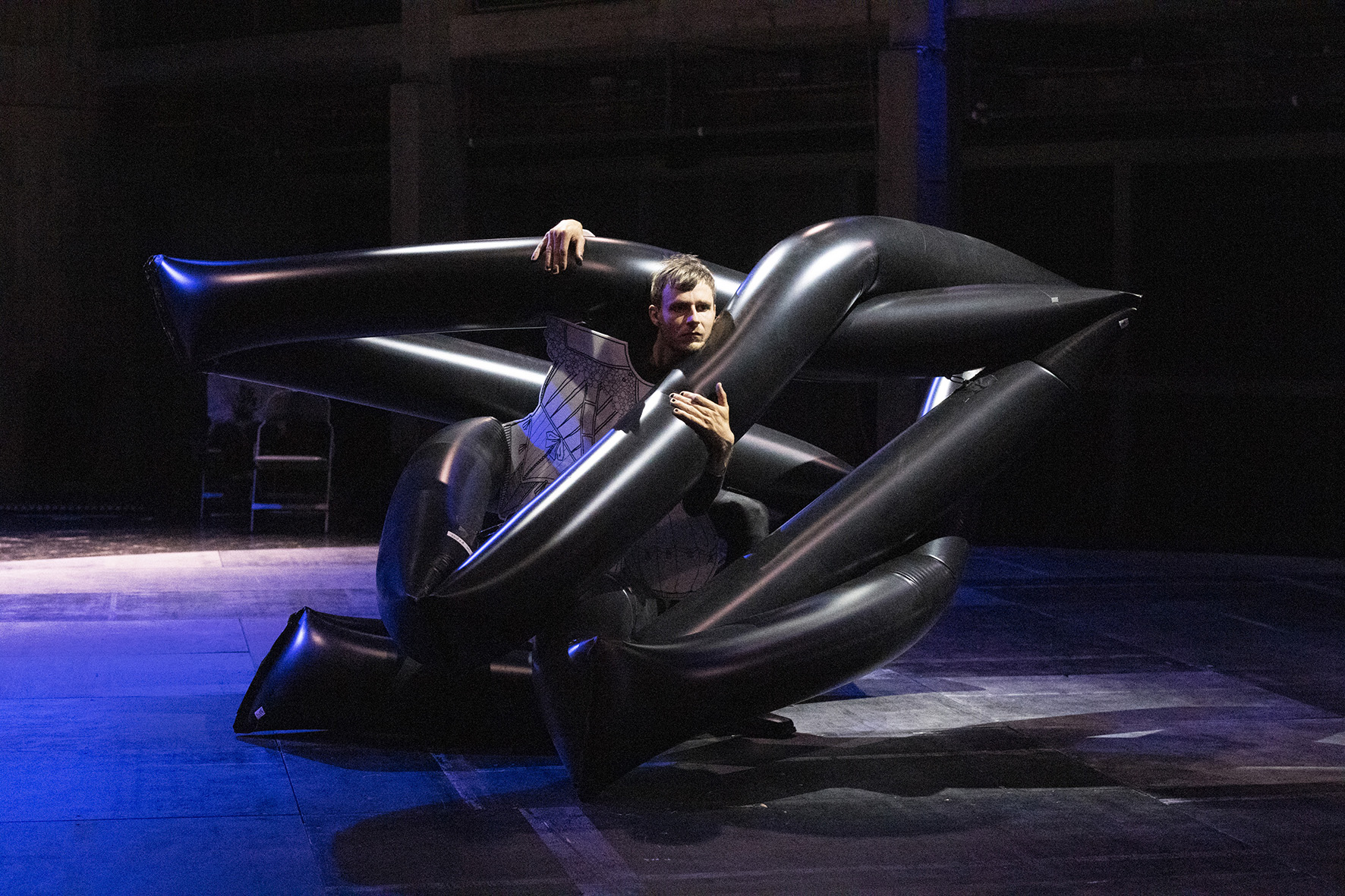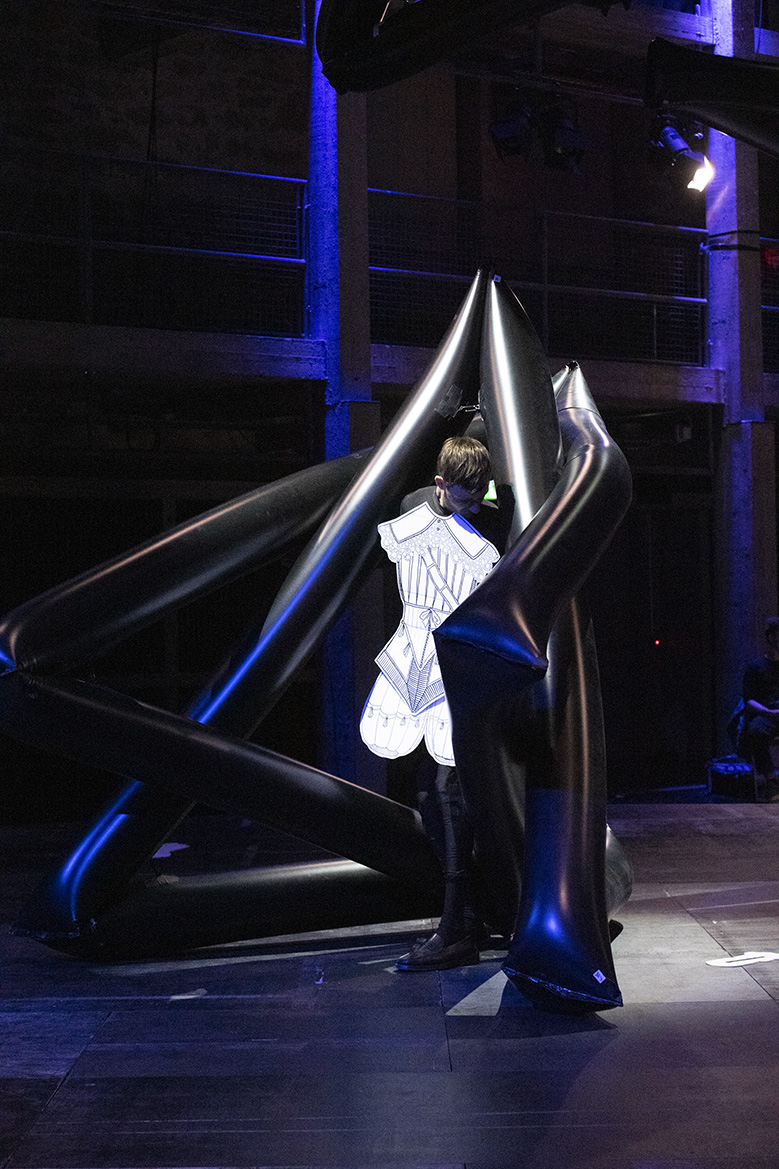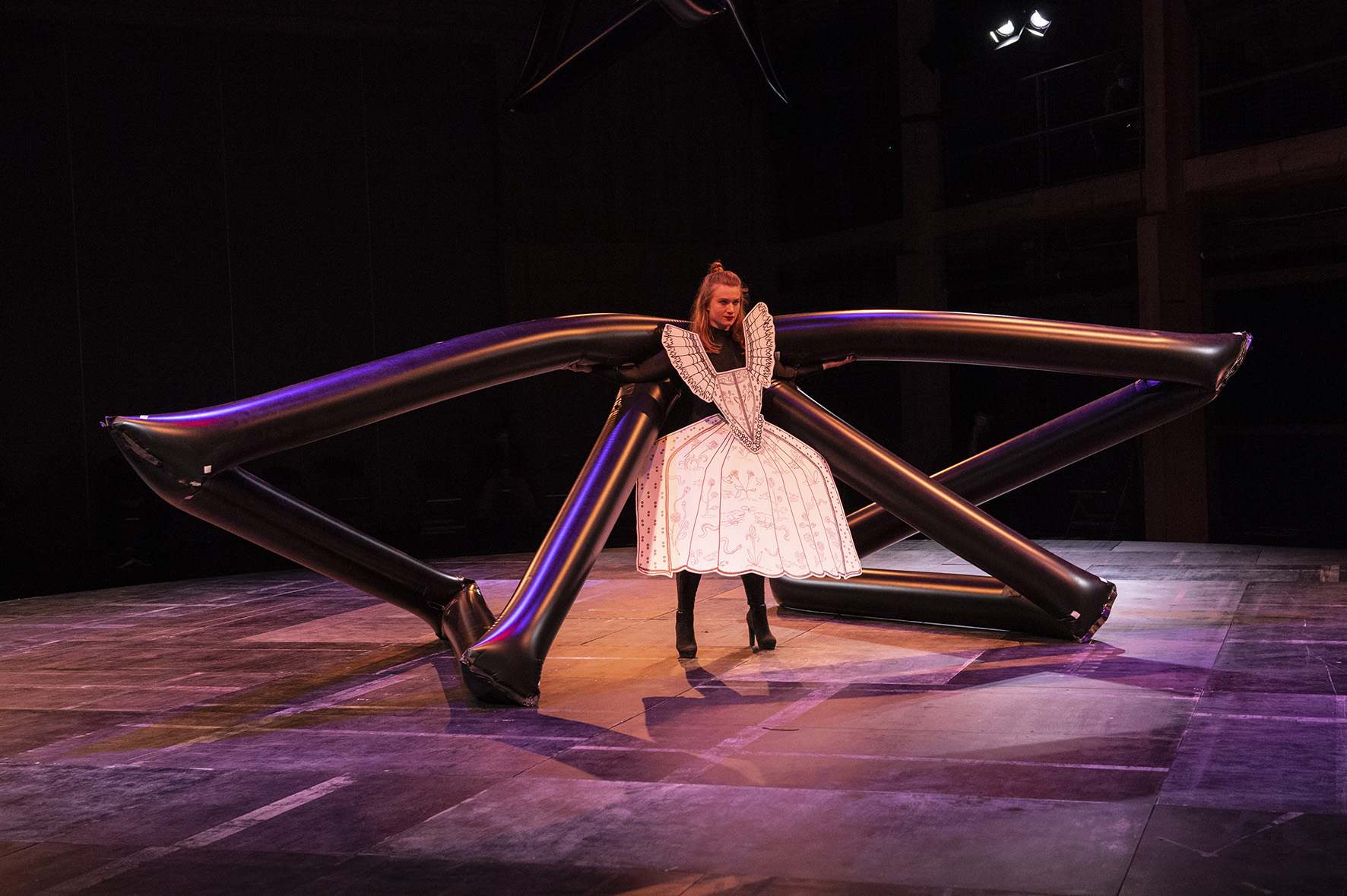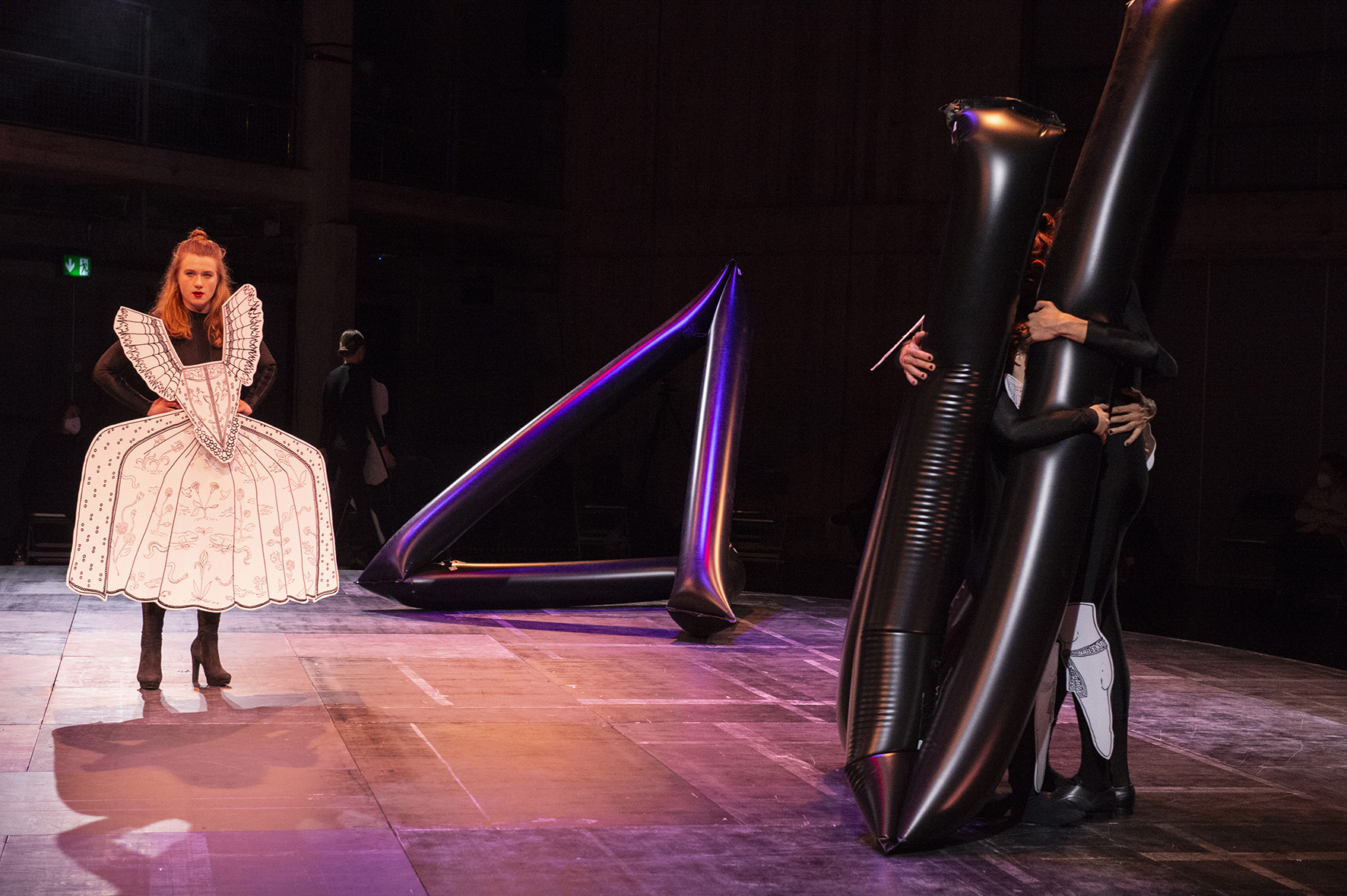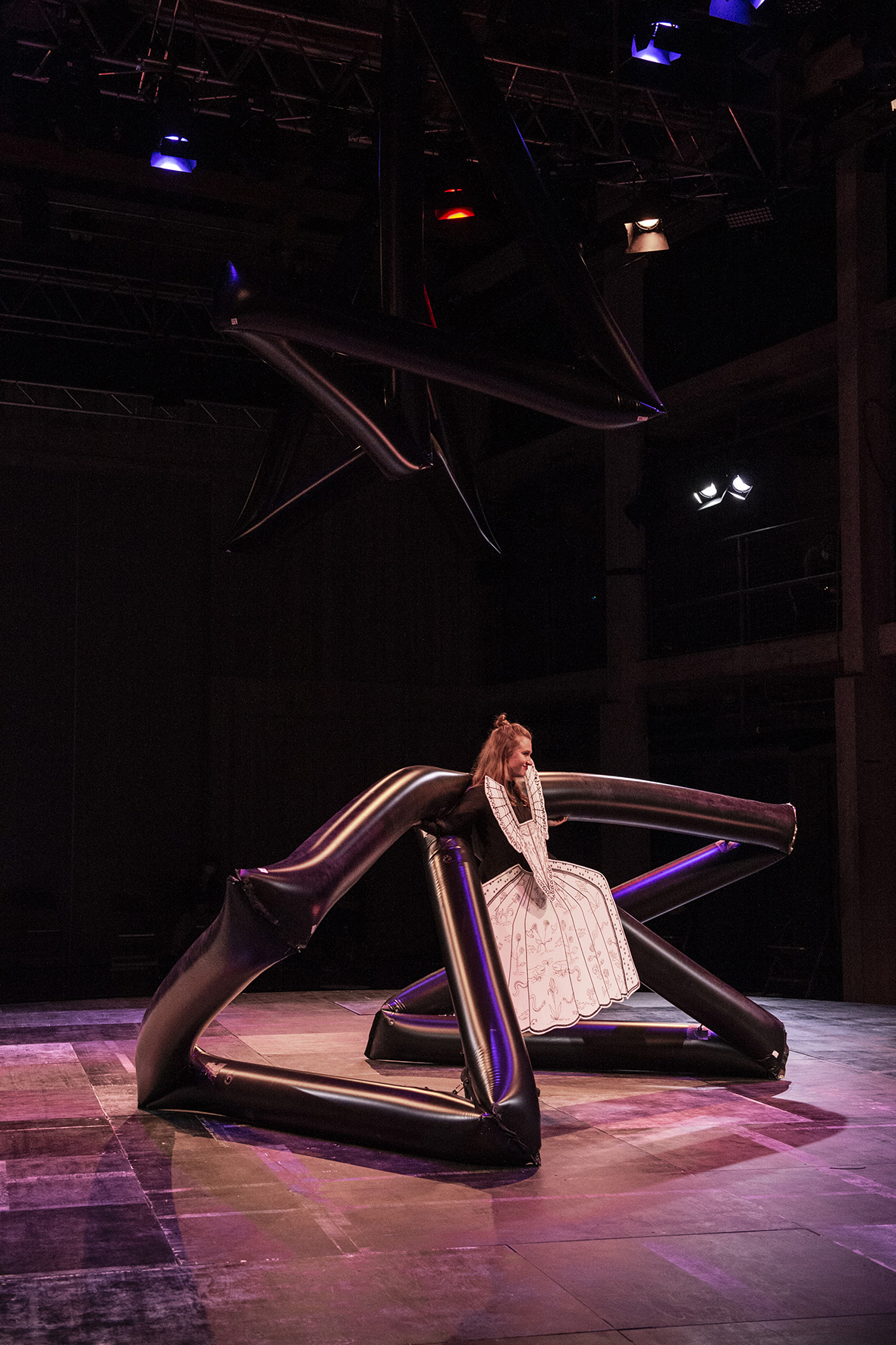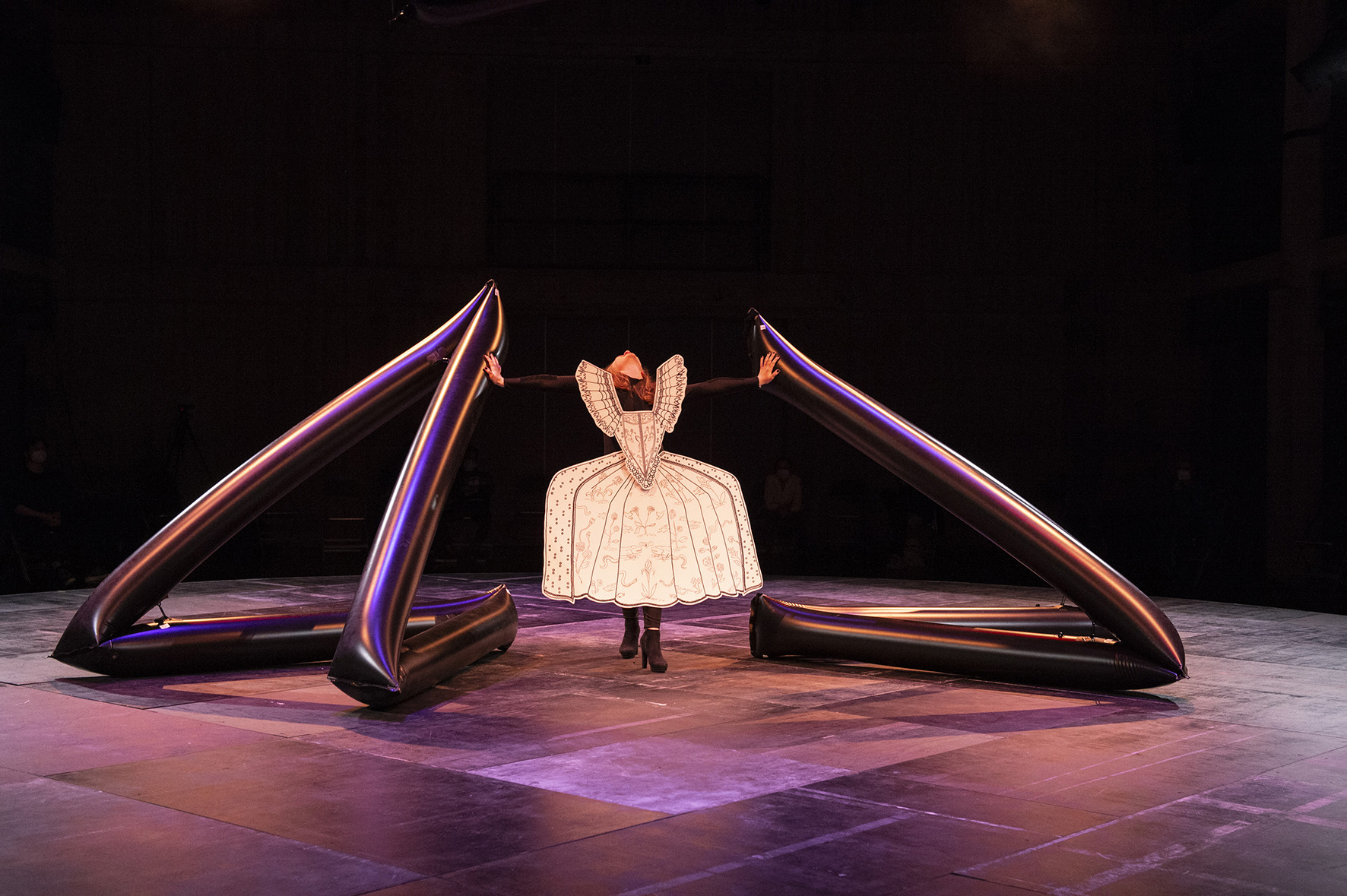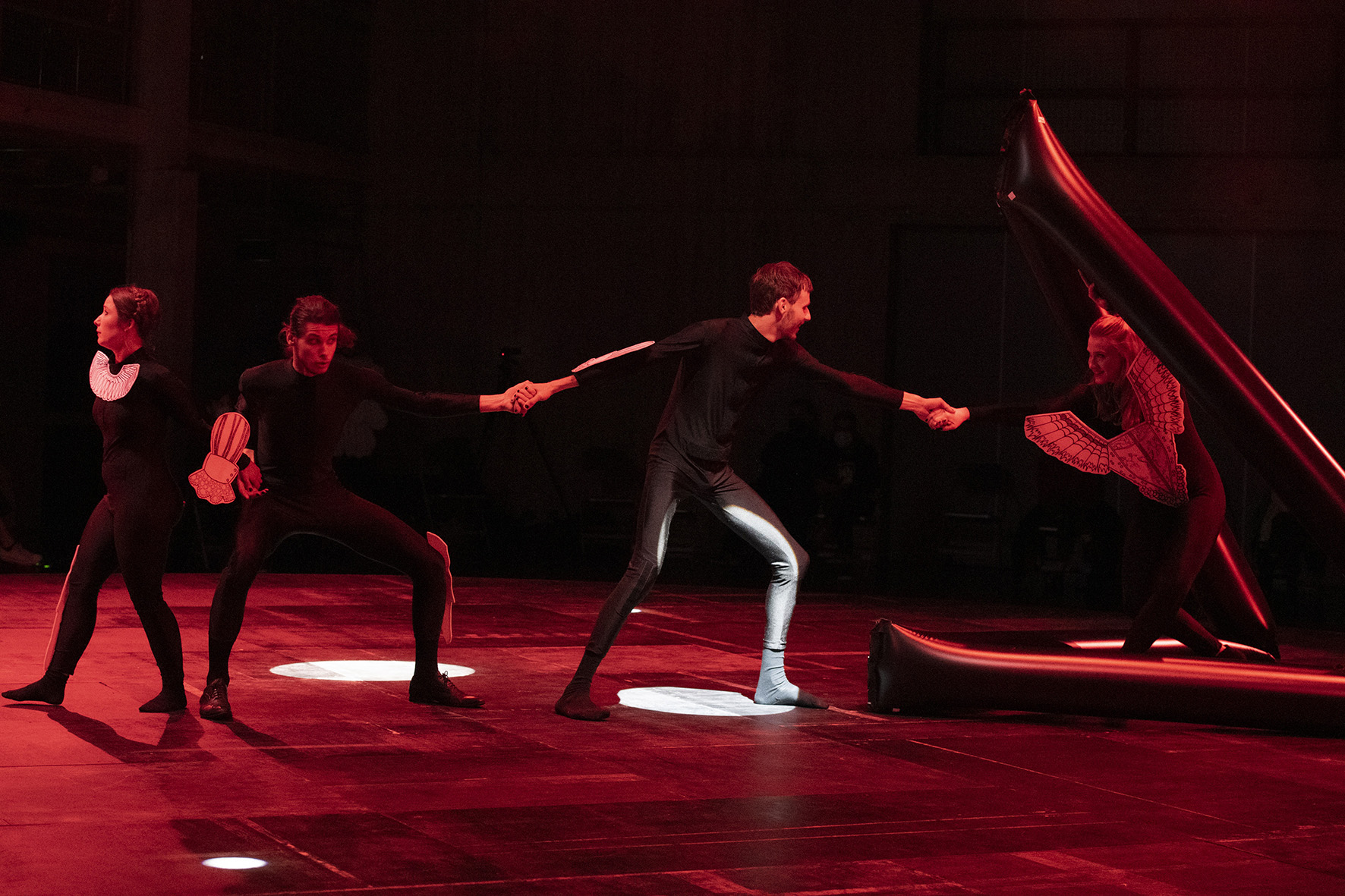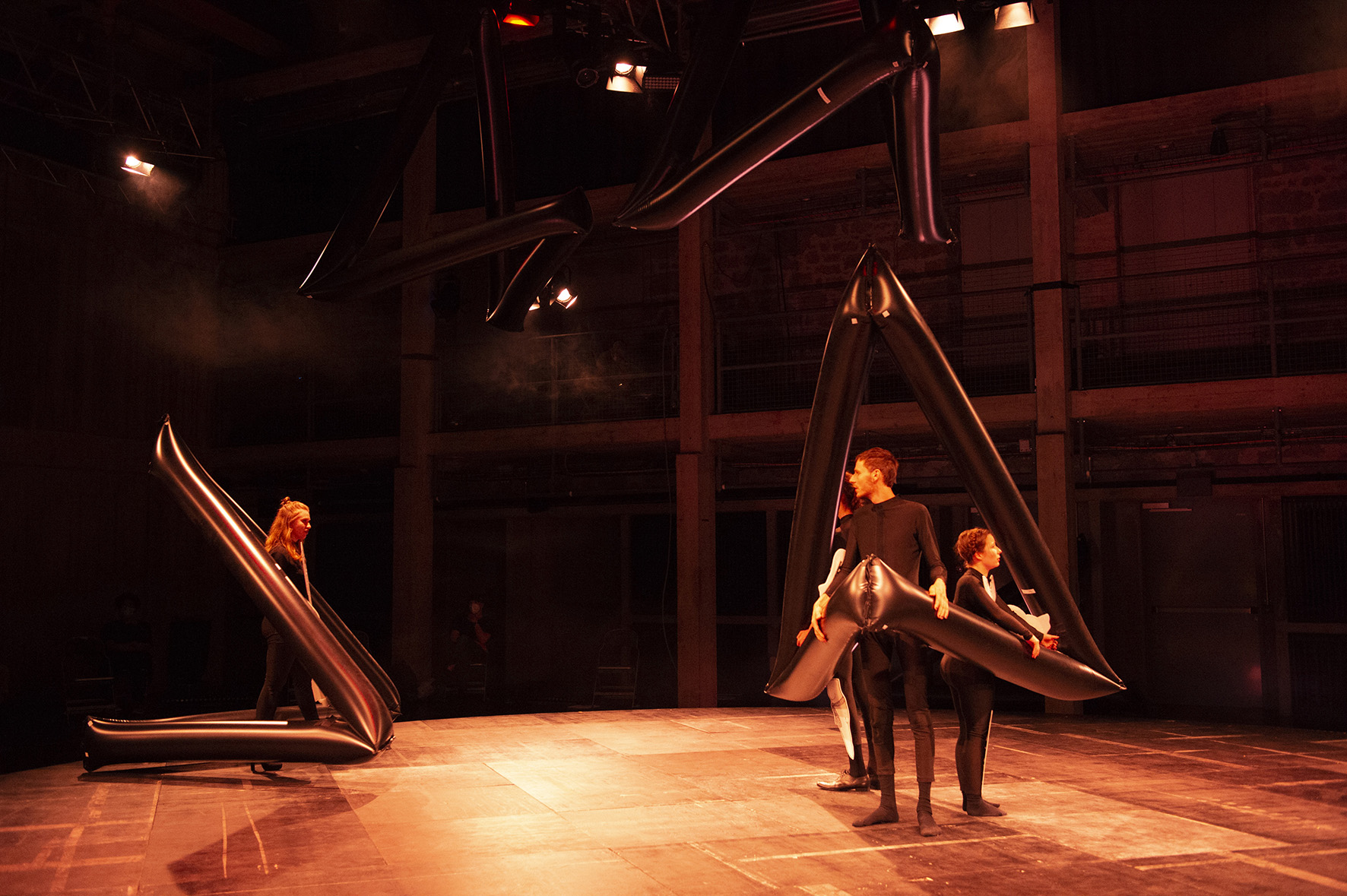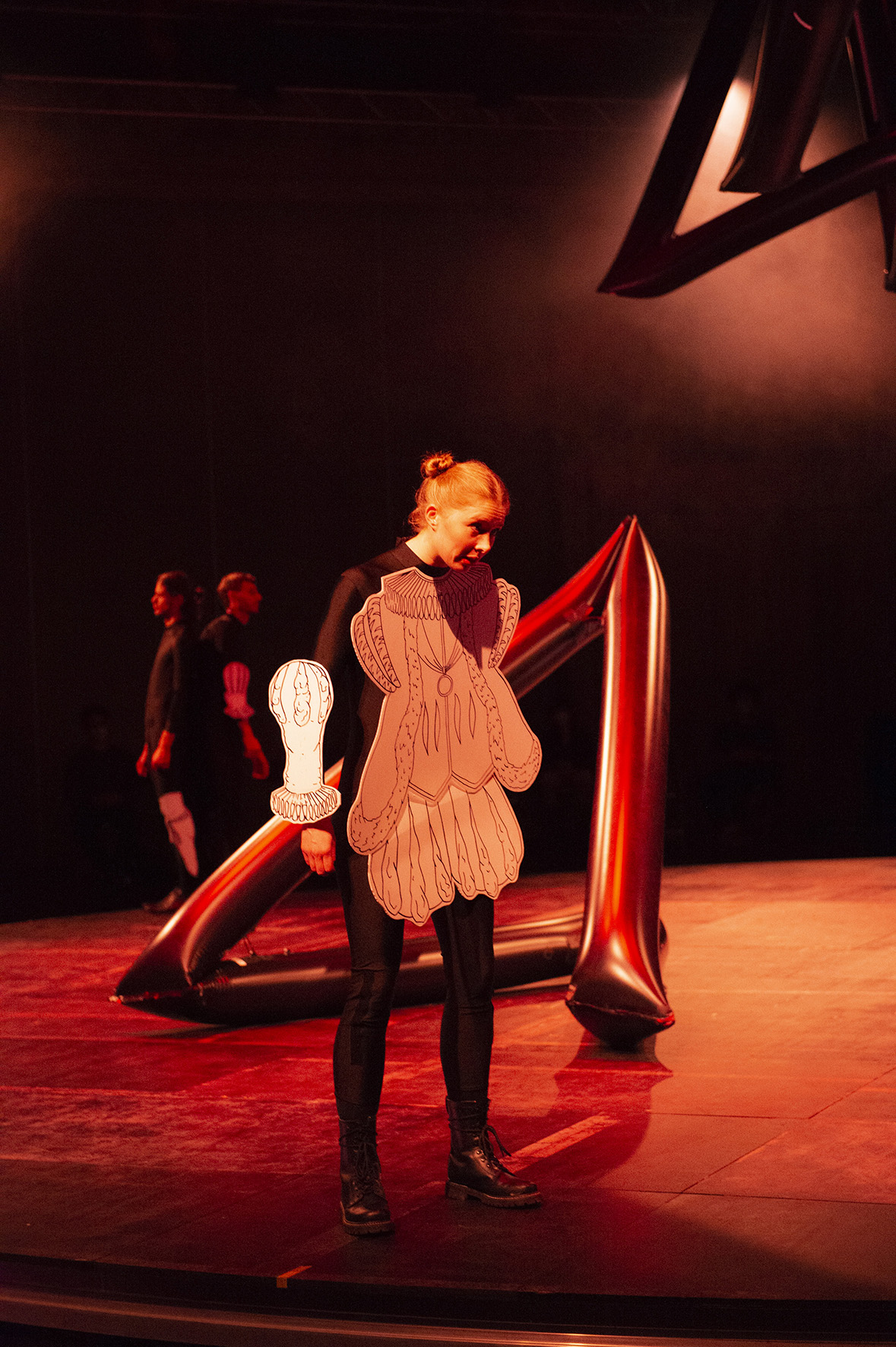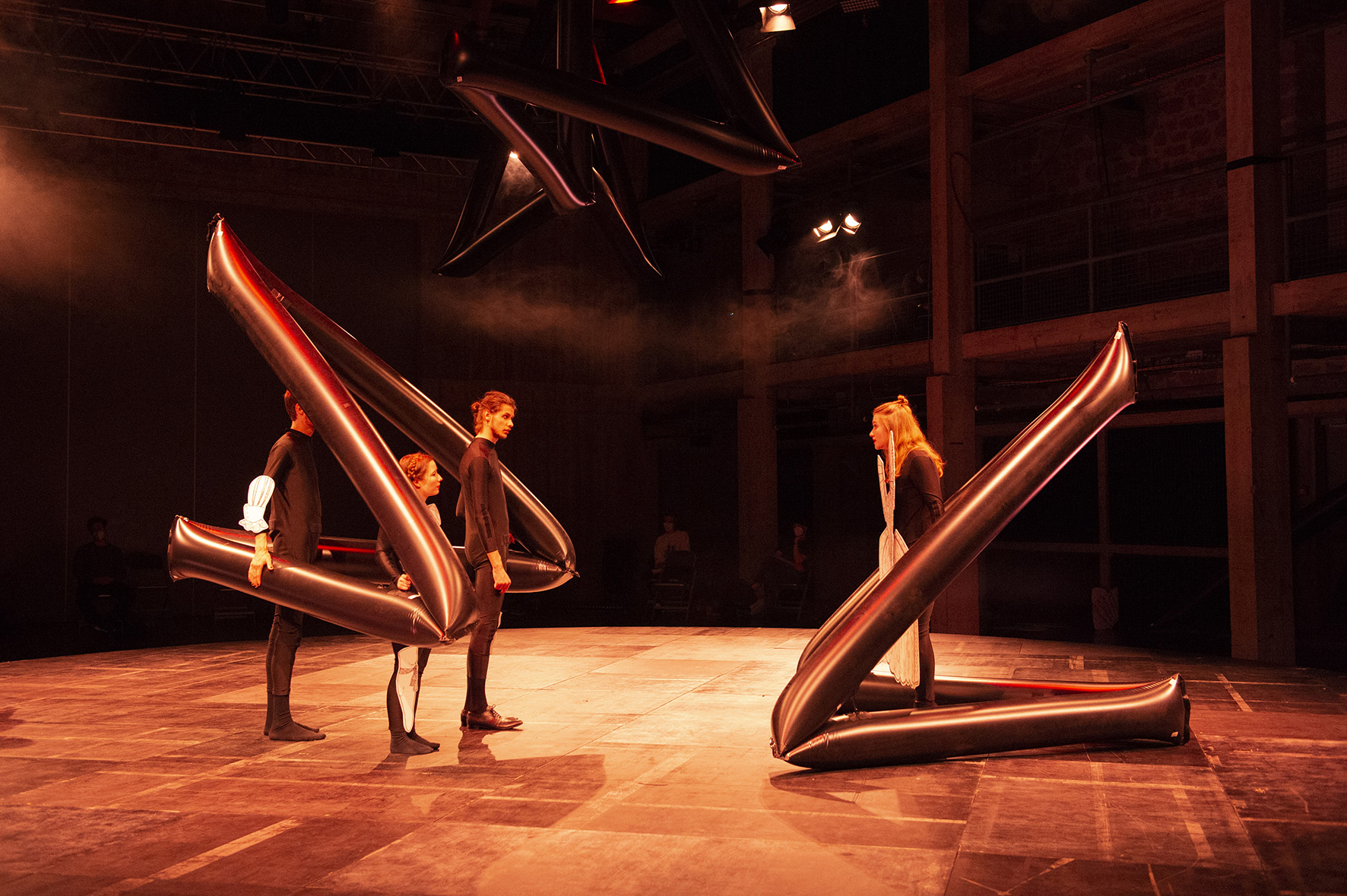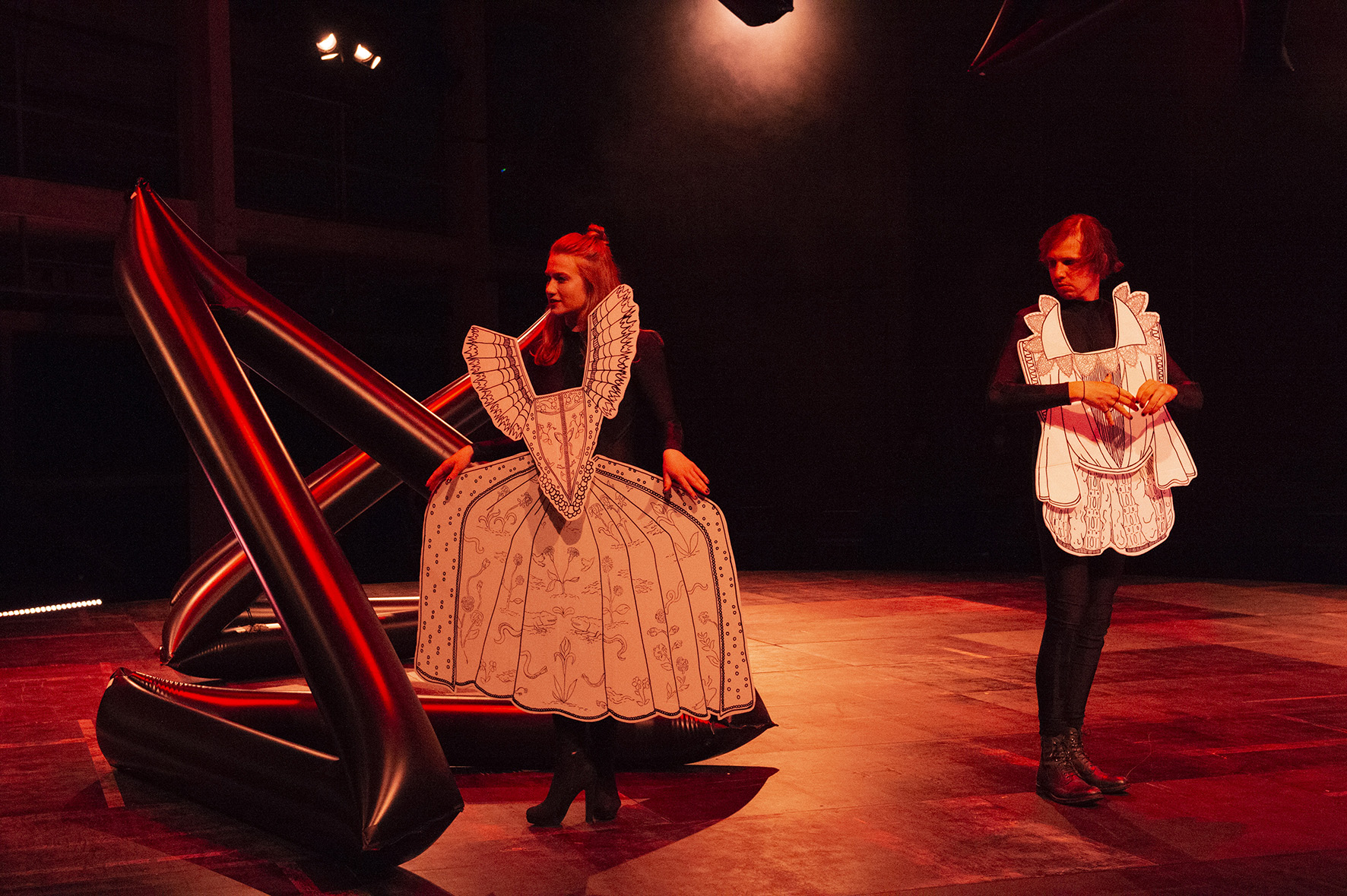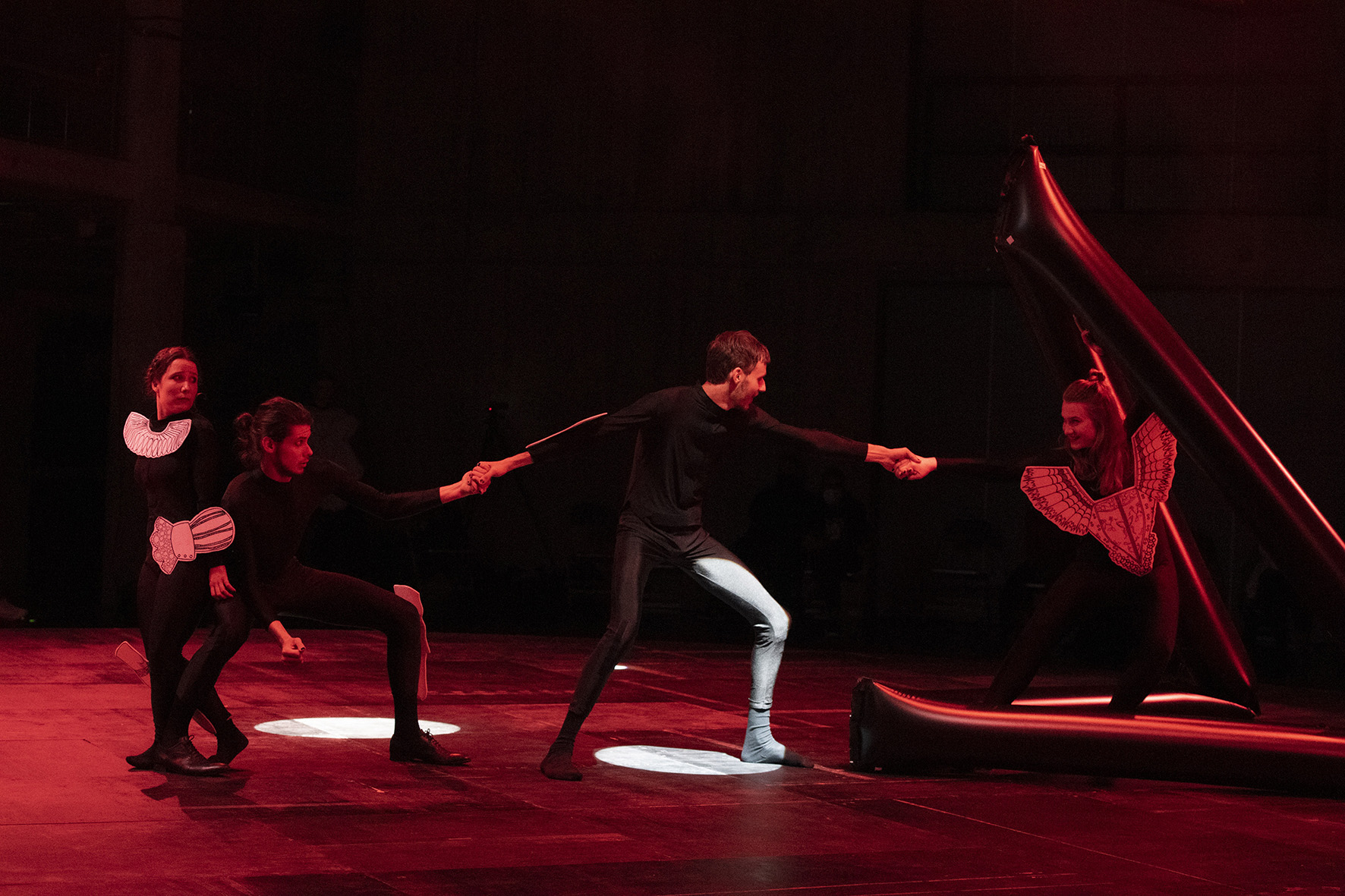Le roi est mort, vive le roi - El rey ha muerto, larga vida al rey - De König isch tot, lang lebt de König - Король мертв, да здравствует король - Der König ist tot, es lebe der König - The king is dead, long live the king - Regele a murit, trăiască regele - الملك مات, عاش الملك
Le Roi Est Mort!
Vive Le Roi!
adaptation of Schlachten!
Scenography
Theater der Künste Zürich, Switzerland
Spring2021
Theater der Künste Zürich, Switzerland
Spring2021
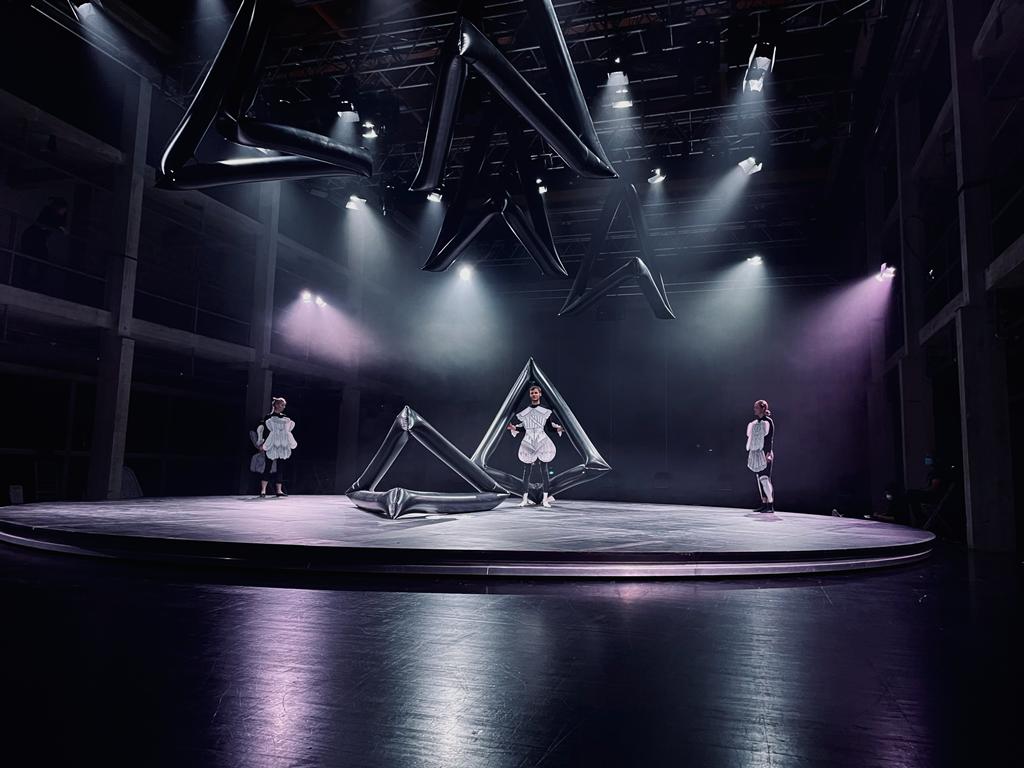
No safe ground that you cannot trust, but a great struggle to maintain your own status. Shakespeare’s world is more reminiscent than ever of our society. There are indeed no kings fighting to keep power, but the related structures and battles are the same. So: what can we learn from history? What to take? And how do you continue?
The scenography focuses on a centralized rotating rostrum, mimicking unstable, turbulent grounds, surrounded by the audience creating an arena like spectatorship, where all at the same level, yet the distance from the stage vary, elaborating closeness and furtherness from the crowns being fought for.
The main character in the scenography is a crown made out of six-unites the same number of the kings/queen fighting for the crown.
The units are hanged on the trusses and fall one by one with their respective kings. The materiality is Inflatable Latex, playing with dualities of those kings characters, their inflated egos, strong-looking yet fragile and falling down one by one and being deflated.
The scenography framework allows each actor to treat the malleable units based on their embodiment of the character and draw the scenery freely and according to their understanding, making them co-creators of each composition of the unites in the space.
The main character in the scenography is a crown made out of six-unites the same number of the kings/queen fighting for the crown.
The units are hanged on the trusses and fall one by one with their respective kings. The materiality is Inflatable Latex, playing with dualities of those kings characters, their inflated egos, strong-looking yet fragile and falling down one by one and being deflated.
The scenography framework allows each actor to treat the malleable units based on their embodiment of the character and draw the scenery freely and according to their understanding, making them co-creators of each composition of the unites in the space.
Director & dramaturgy: Melanie Oșan & Alexander Stutz
Scenography: Liam Monzer Alzafari
Costume: Sophie Schmidt
Choreography: Johannes Voges
Internship: Emma Sacks
Actors: Mira Wickert, Anna Elisabeth Kummrow, Janna Antonia Rottmann, Marie Cécile Nest, Antonio Ramón Luque, Roman Rübe, Viktor Bashmakov.
Scenography: Liam Monzer Alzafari
Costume: Sophie Schmidt
Choreography: Johannes Voges
Internship: Emma Sacks
Actors: Mira Wickert, Anna Elisabeth Kummrow, Janna Antonia Rottmann, Marie Cécile Nest, Antonio Ramón Luque, Roman Rübe, Viktor Bashmakov.
